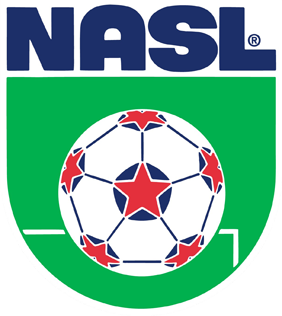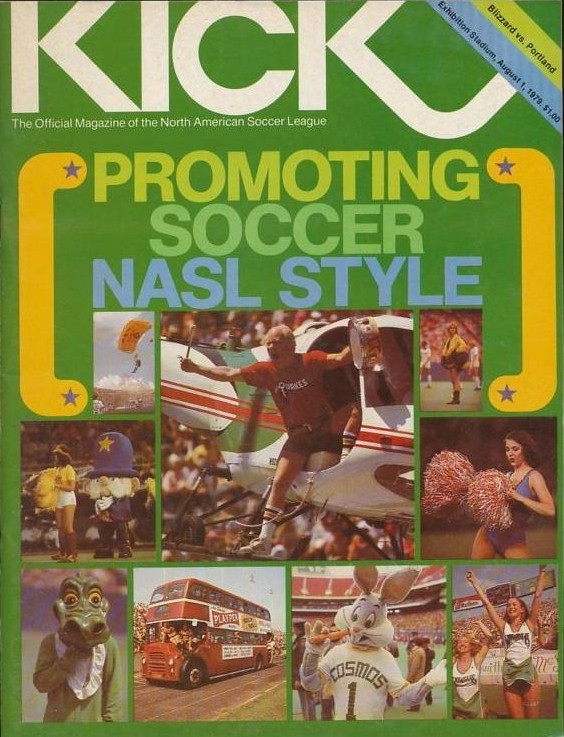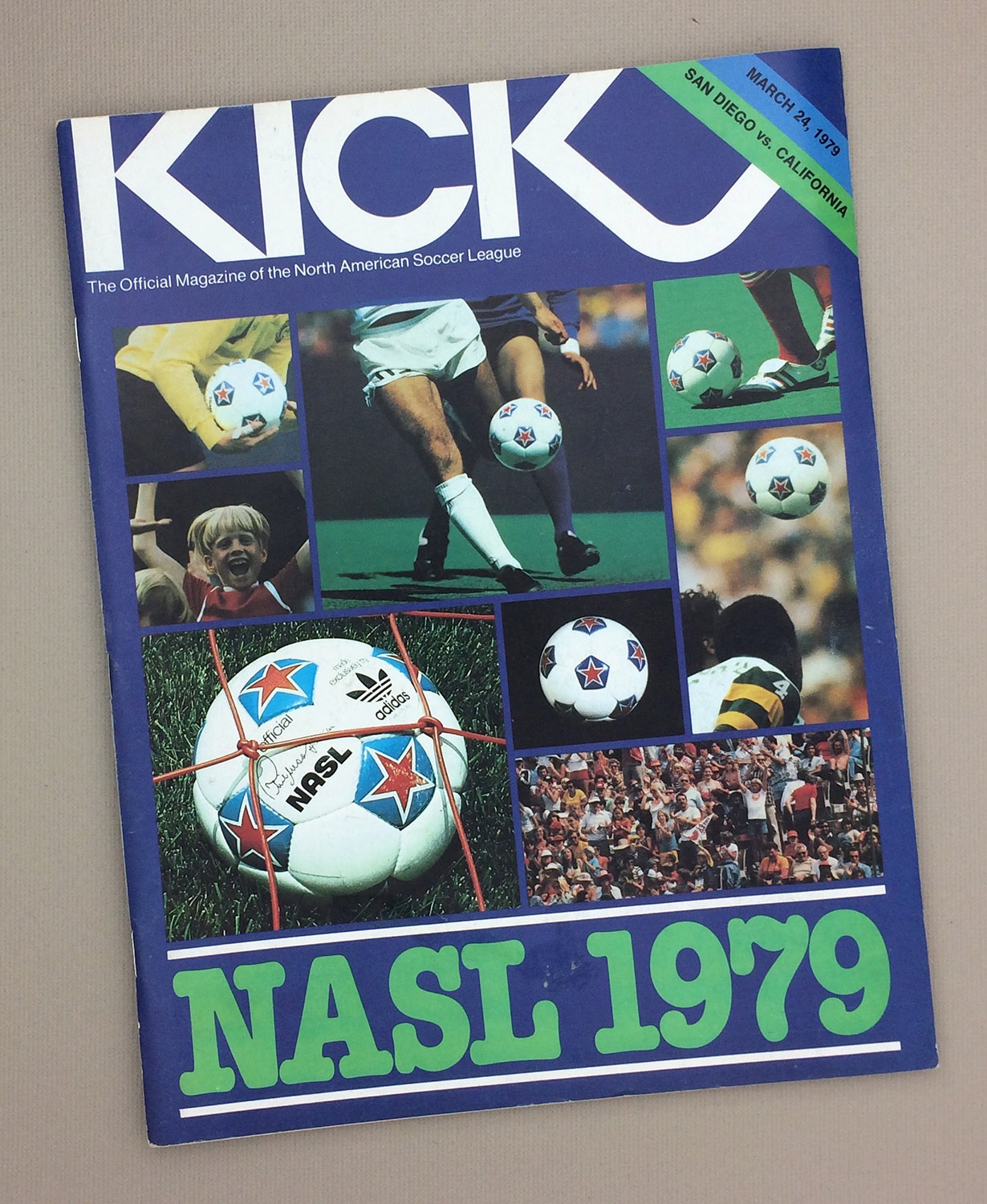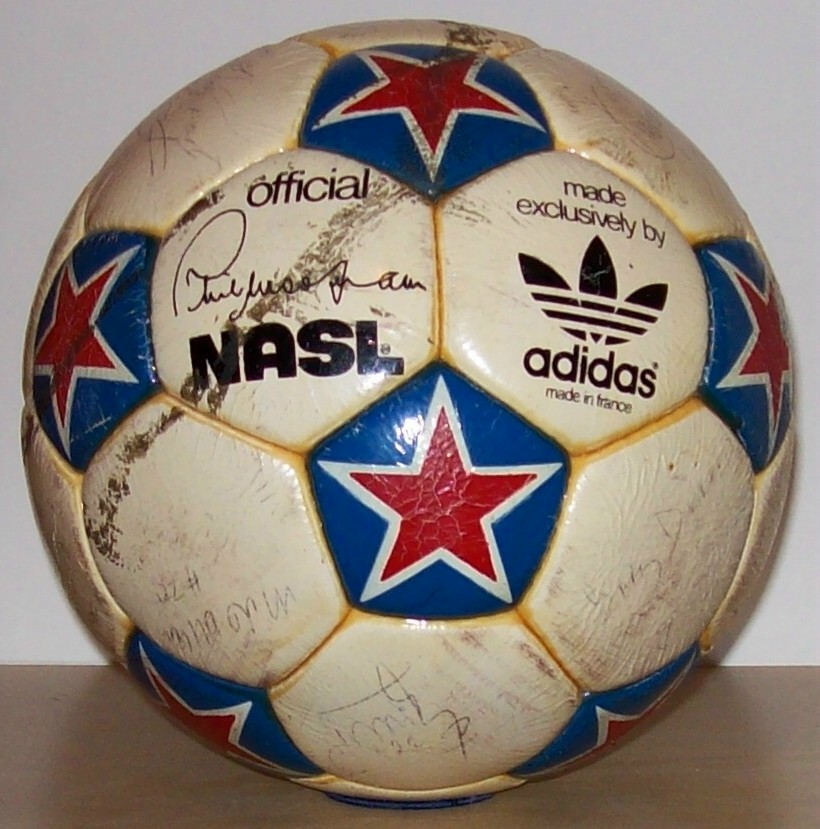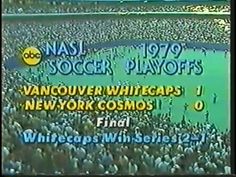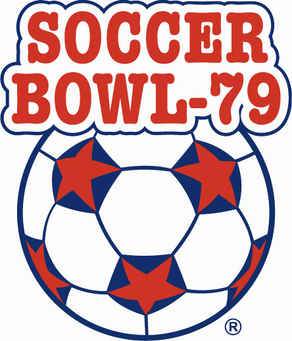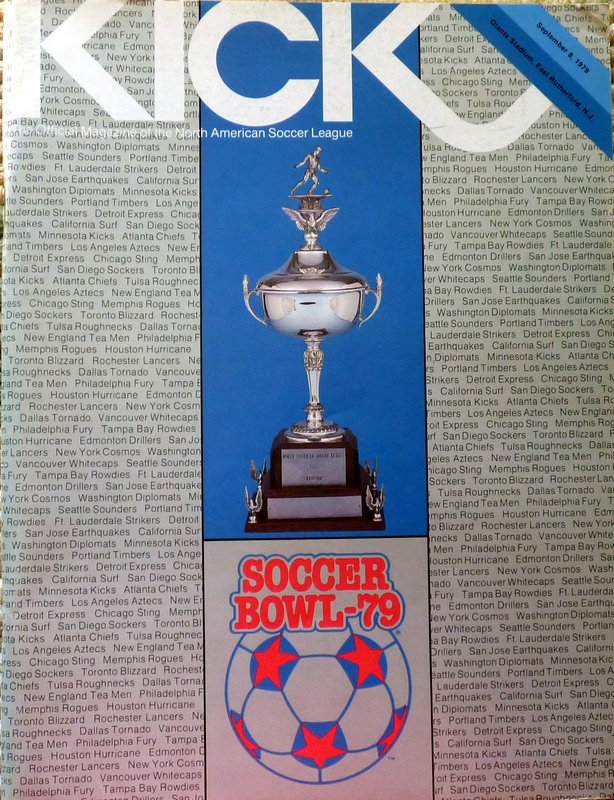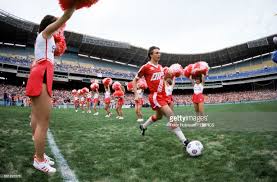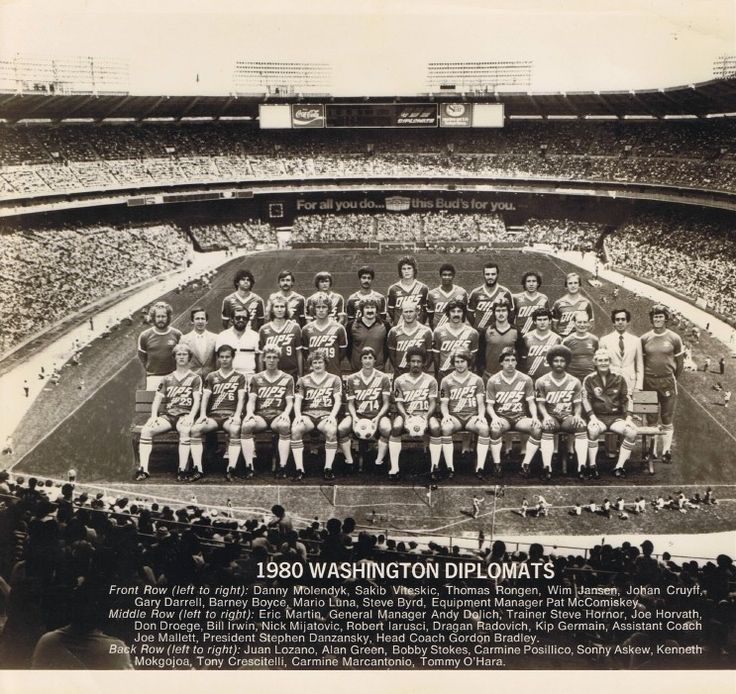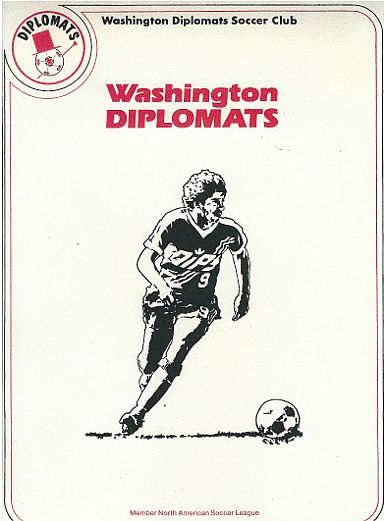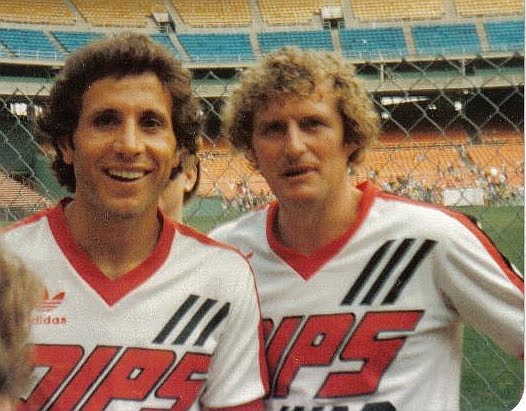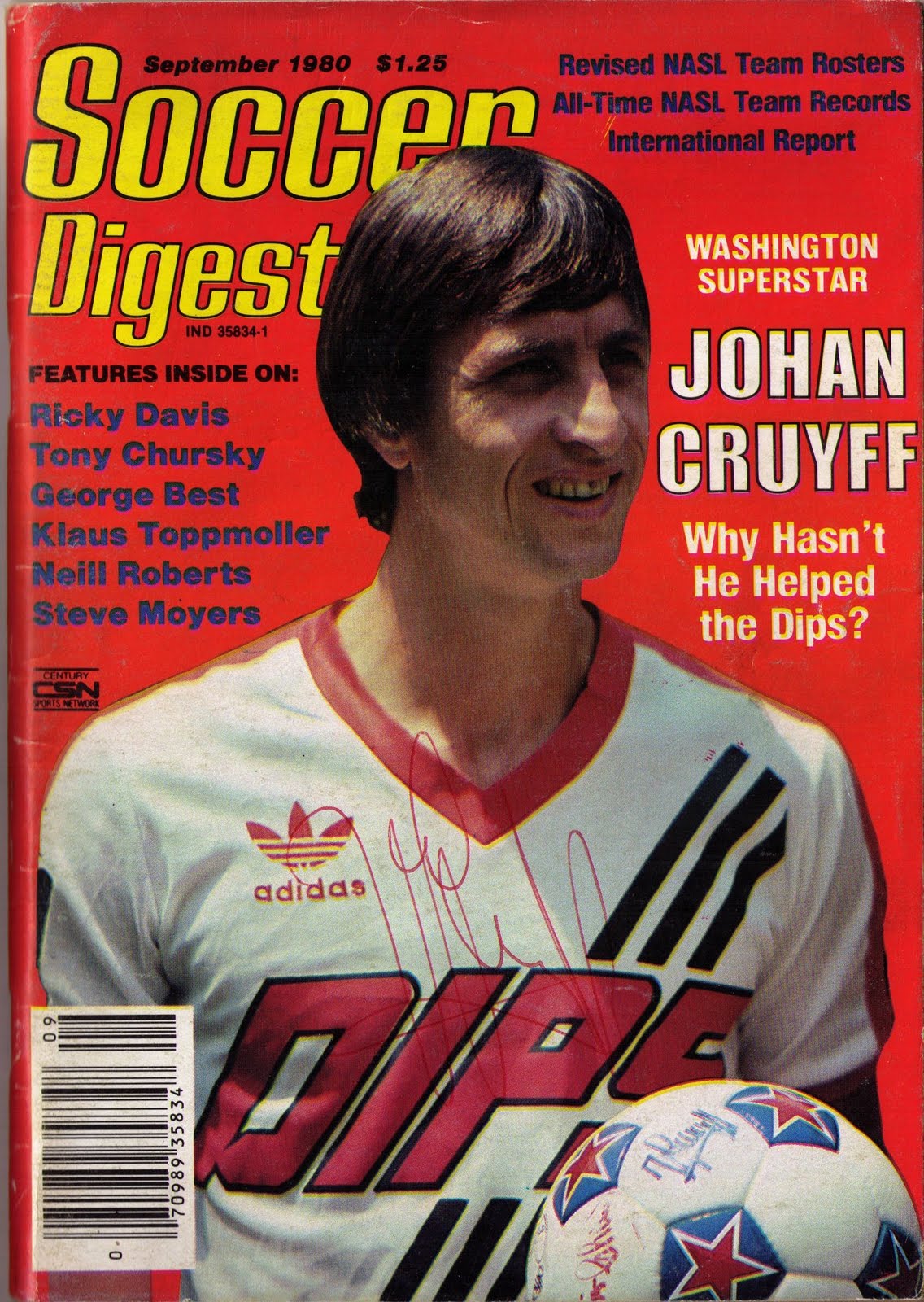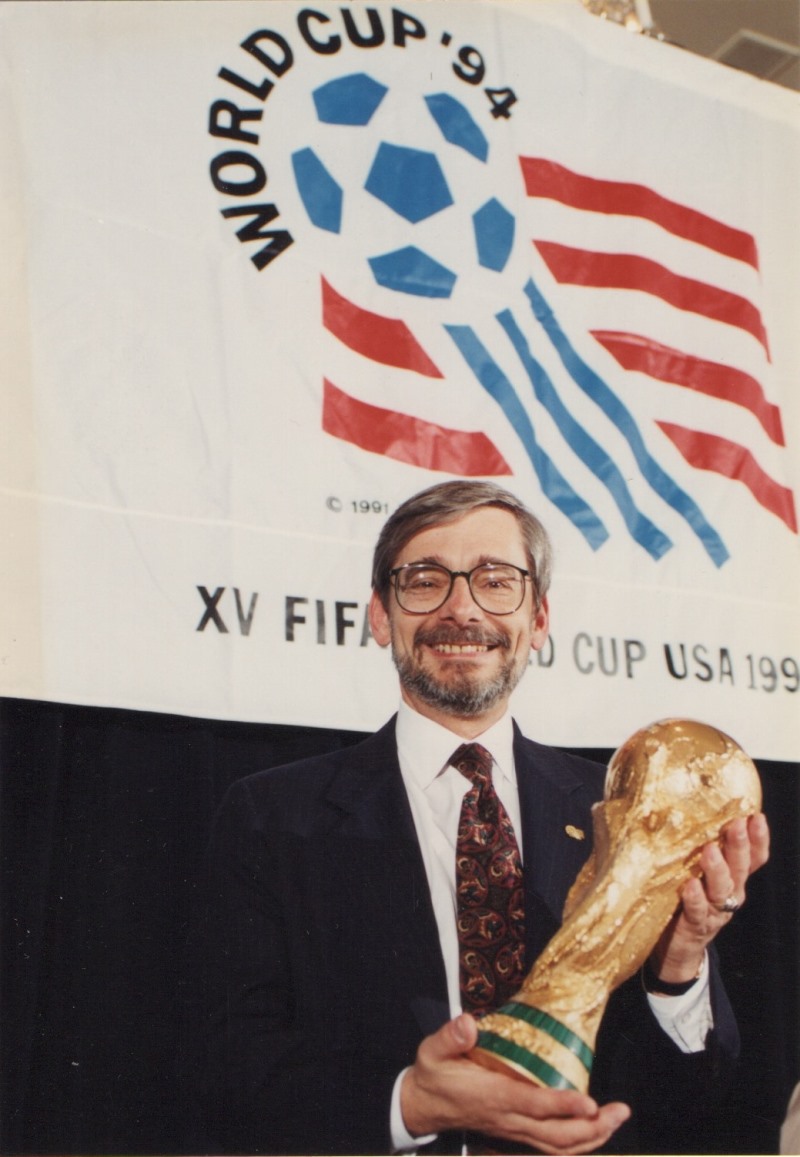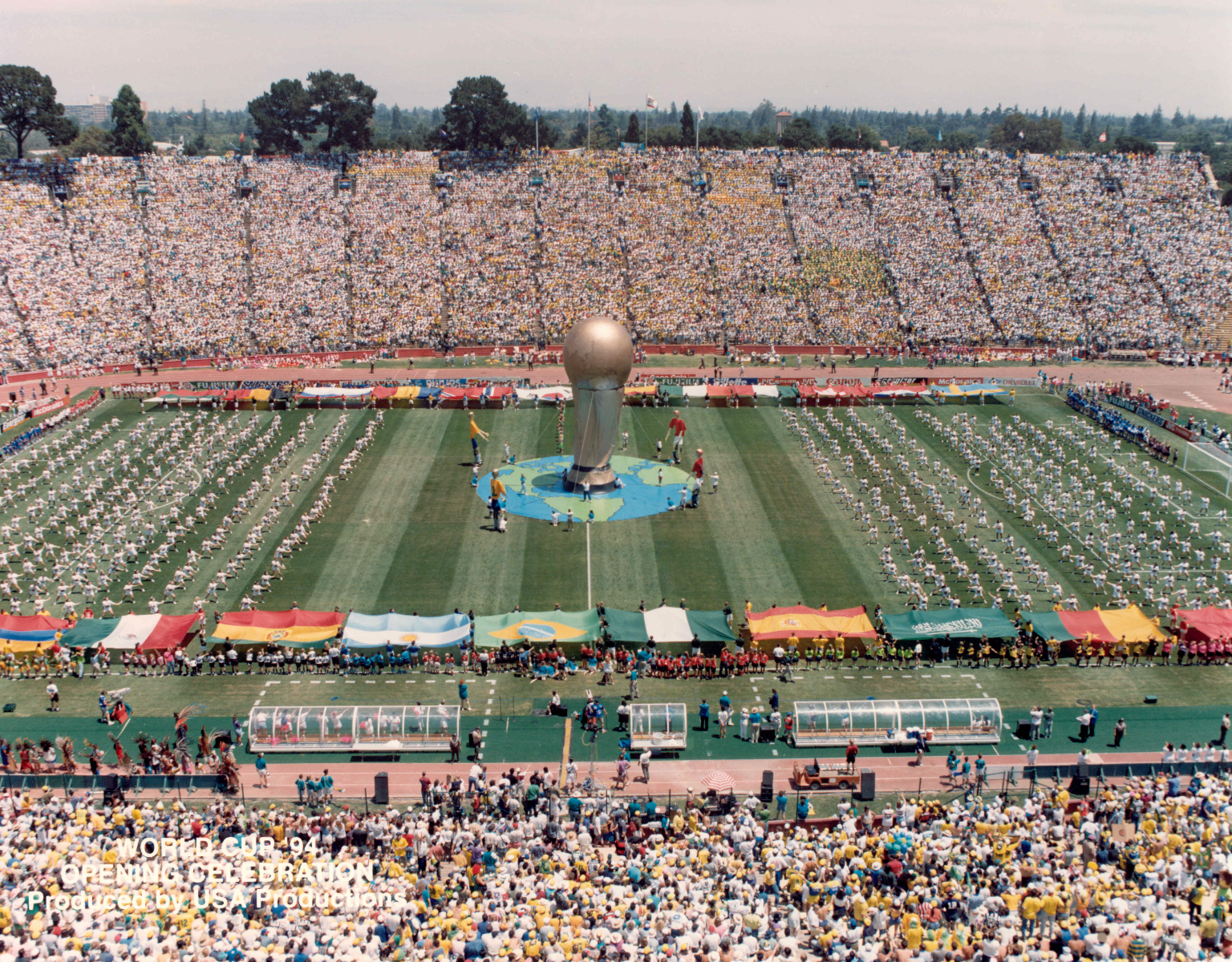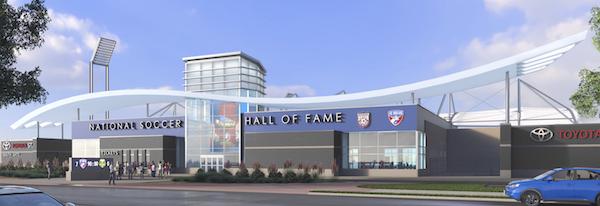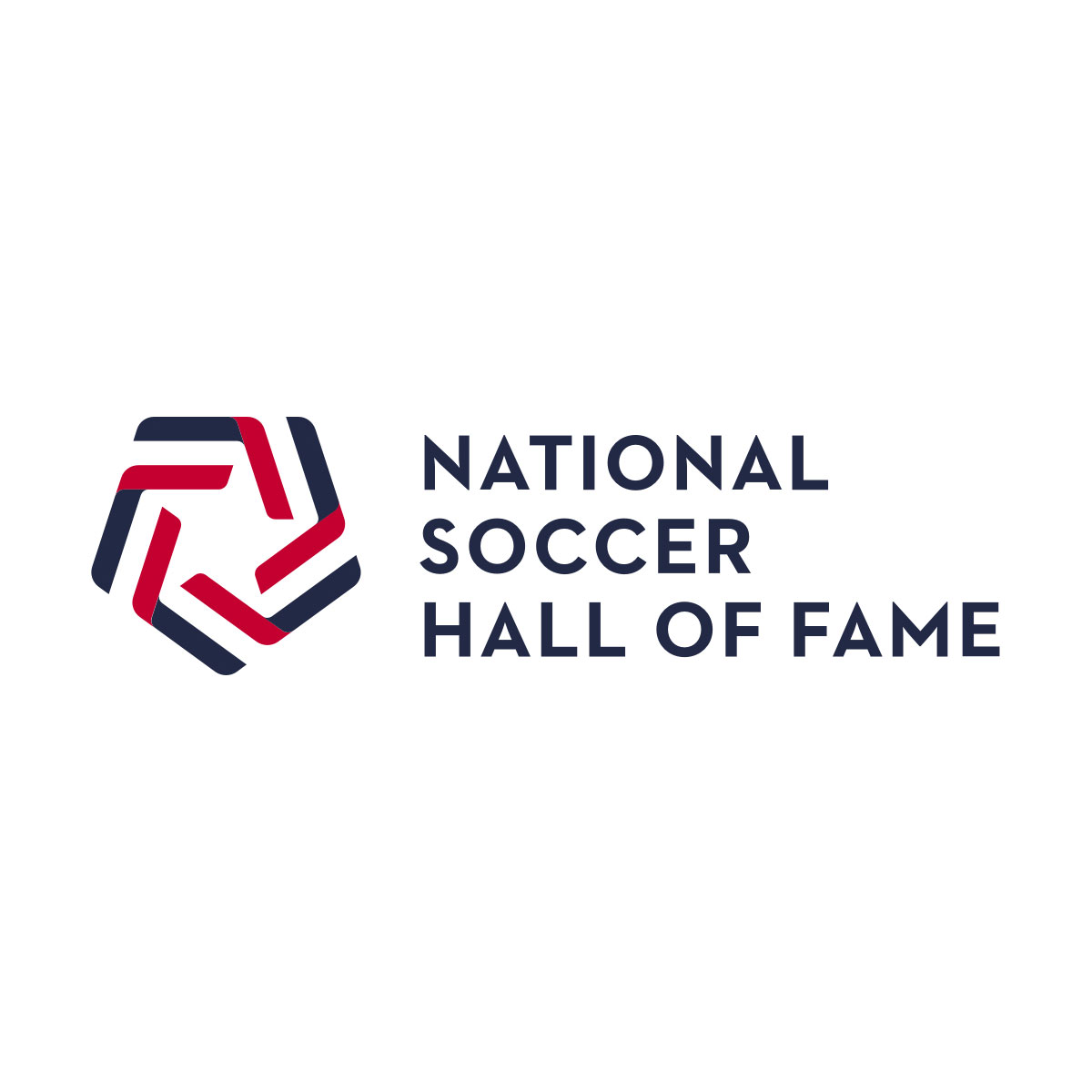We cap off the long Memorial Day holiday weekend with a look back at one of the New York metropolitan area’s most memorable sports stadiums of yore – the Polo Grounds – with author and Minnesota Twins official scorer Stew Thornley (The Polo Grounds: Essays and Memories of New York City's Historic Ballpark, 1880-1963).
The “Polo Grounds” was actually the name of multiple structures across upper Manhattan during its history. As its name suggests, the original venue (1876-1889) was built for, well, polo. Located between Fifth and Sixth (Lenox) Avenues just north of Central Park, it was converted to a baseball stadium in 1880, soon becoming home to the city’s first major league pro teams – the Metropolitans of the American Association and the Gothams (later, Giants) of the National League.
Pushed out by a re-gridding of the borough in 1889, the Giants relocated northward to what became the second incarnation of the park in the Coogan’s Hollow section of Washington Heights in 1890. Coincidentally, it was also the year that most of the team’s best players bolted to the upstart Players’ League – also called the Giants, playing in their own new (and larger) stadium (called Brotherhood Park) right next door.
When the PL folded at the end of the season, the recombined NL Giants moved over to Brotherhood Park, rechristening it the “Polo Grounds.” This third version – later renovated after a fire in 1911 (technically becoming the stadium’s fourth version) – became the structure most remembered by long-time baseball fans, especially for its distinctive “bathtub” shape, very short distances to the left and right field walls, and unusually deep center field.
While synonymous with the history of baseball’s Giants (including Bobby Thompson’s 1951 historic playoff “Shot Heard ‘Round the World,” and Willie Mays’ dramatic over-the-shoulder catch during the team’s 1954 World Series run), the Polo Grounds was also home to the New York Yankees from 1913-1922 – and the first two seasons of the NL expansion New York Mets from 1962-63, while waiting for the new Shea Stadium in Queens to be completed.
The Polo Grounds was also the center of New York’s burgeoning professional football scene – notably the National Football League’s New York Giants from 1925-55 – but also the NFL’s oft-forgotten Brickley Giants (1922) and Bulldogs (1949).
In later years, it also became the temporary home of the fledgling American Football League’s New York Titans from 1960-62, and the renamed “Jets” in 1963 – including the last-ever sporting event to be played there – a late-season (and typical) loss to the Buffalo Bills on December 14, 1963, in front of only 6,526 diehards.
We love our sponsors SportsHistoryCollectibles.com, Audible, Streaker Sports, OldSchoolShirts.com, and 503 Sports – and you will too!





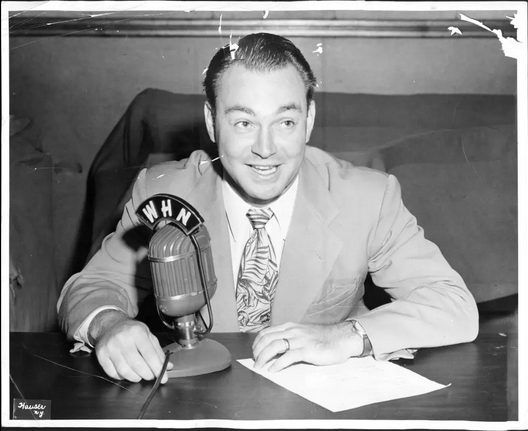
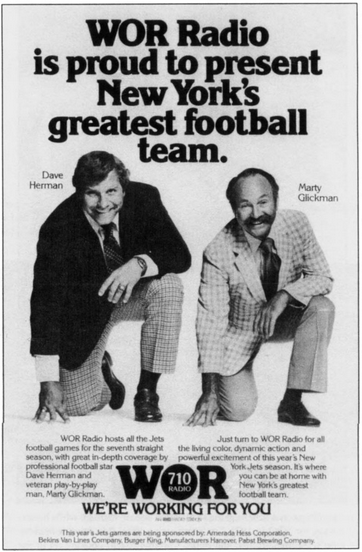
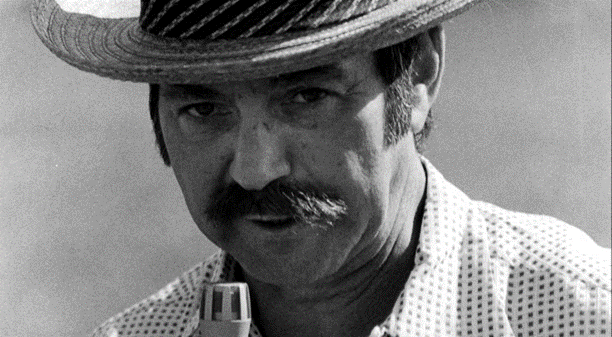
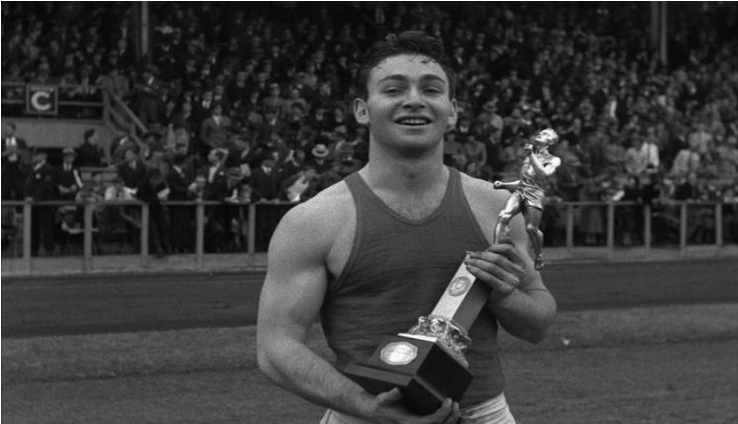
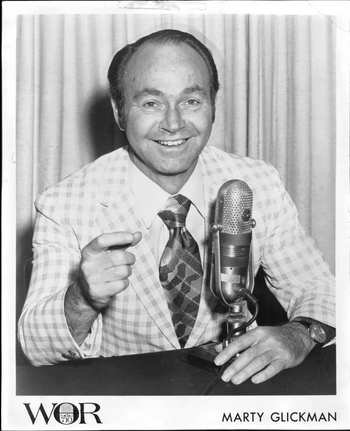
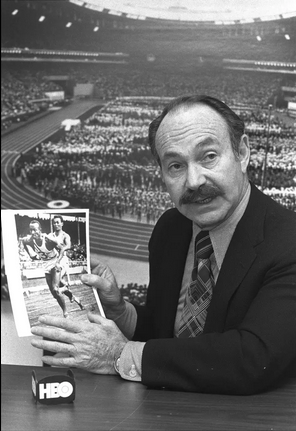
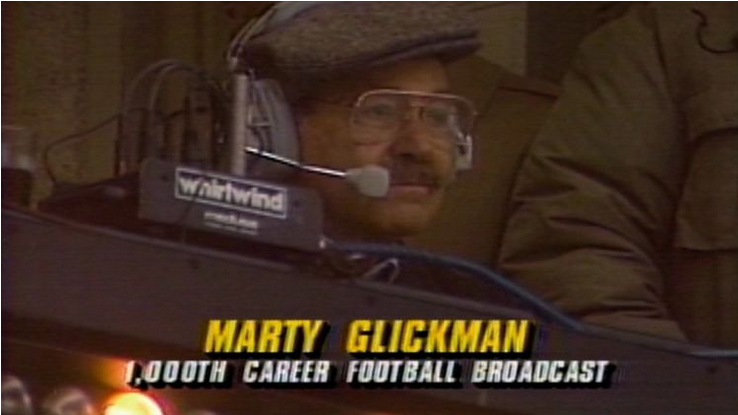
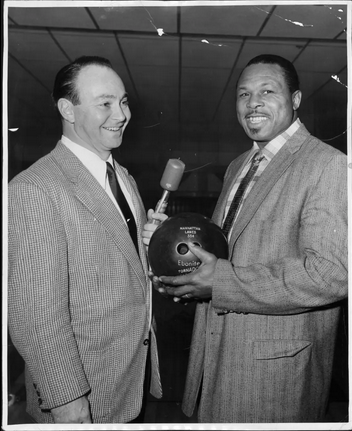



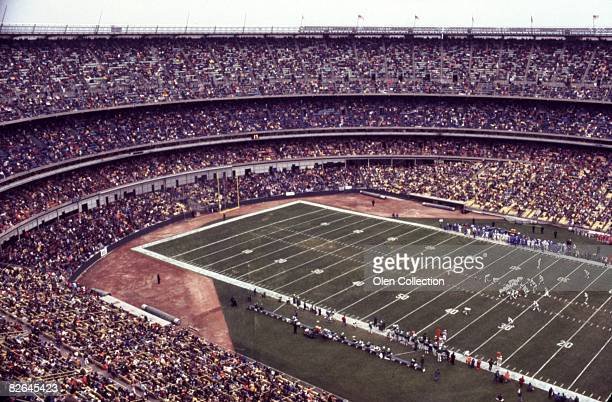
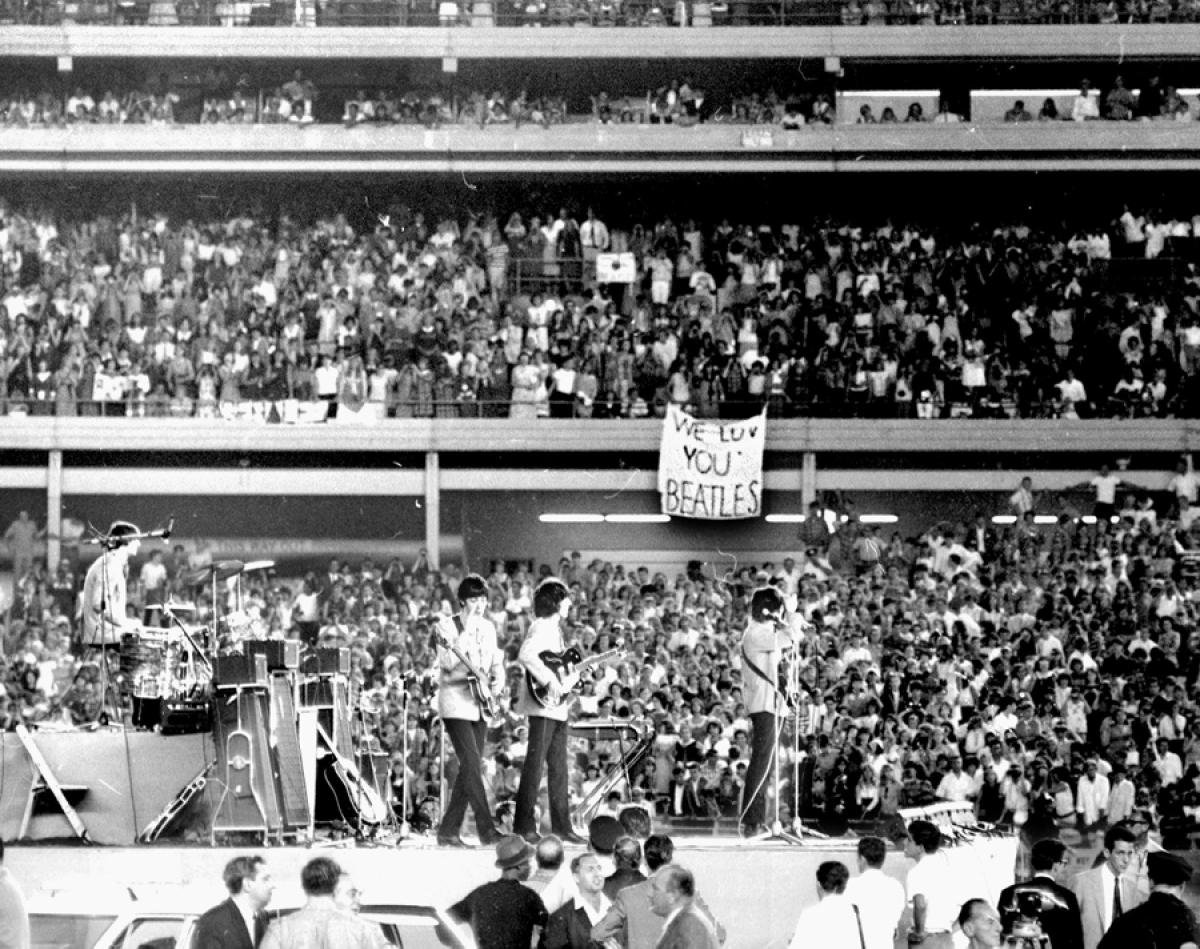
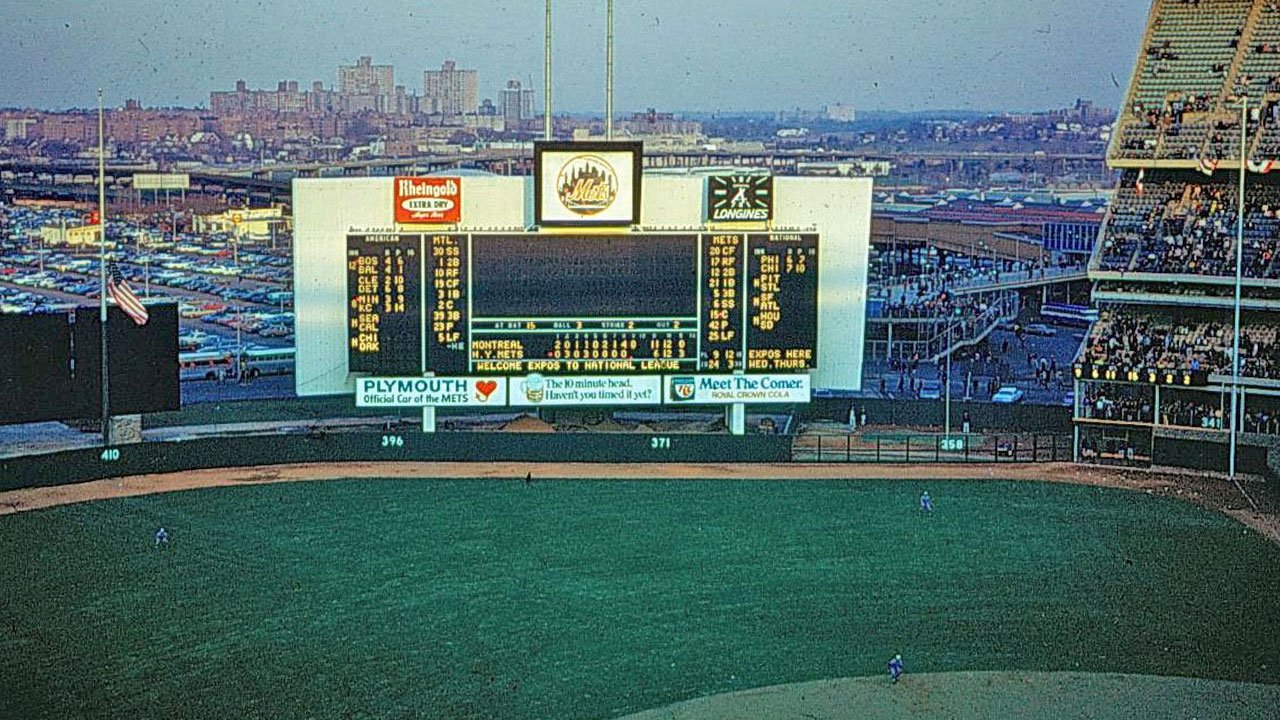
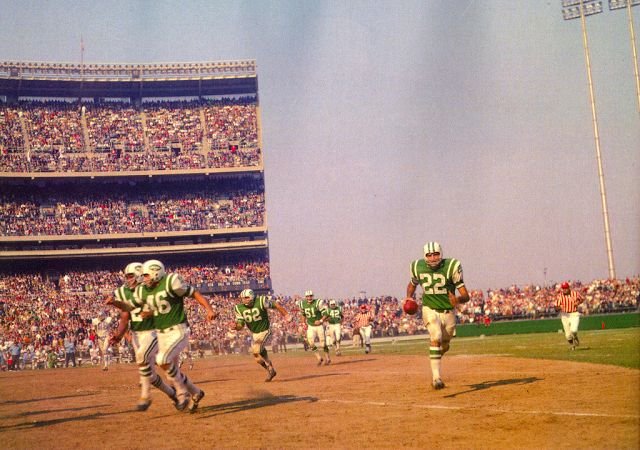




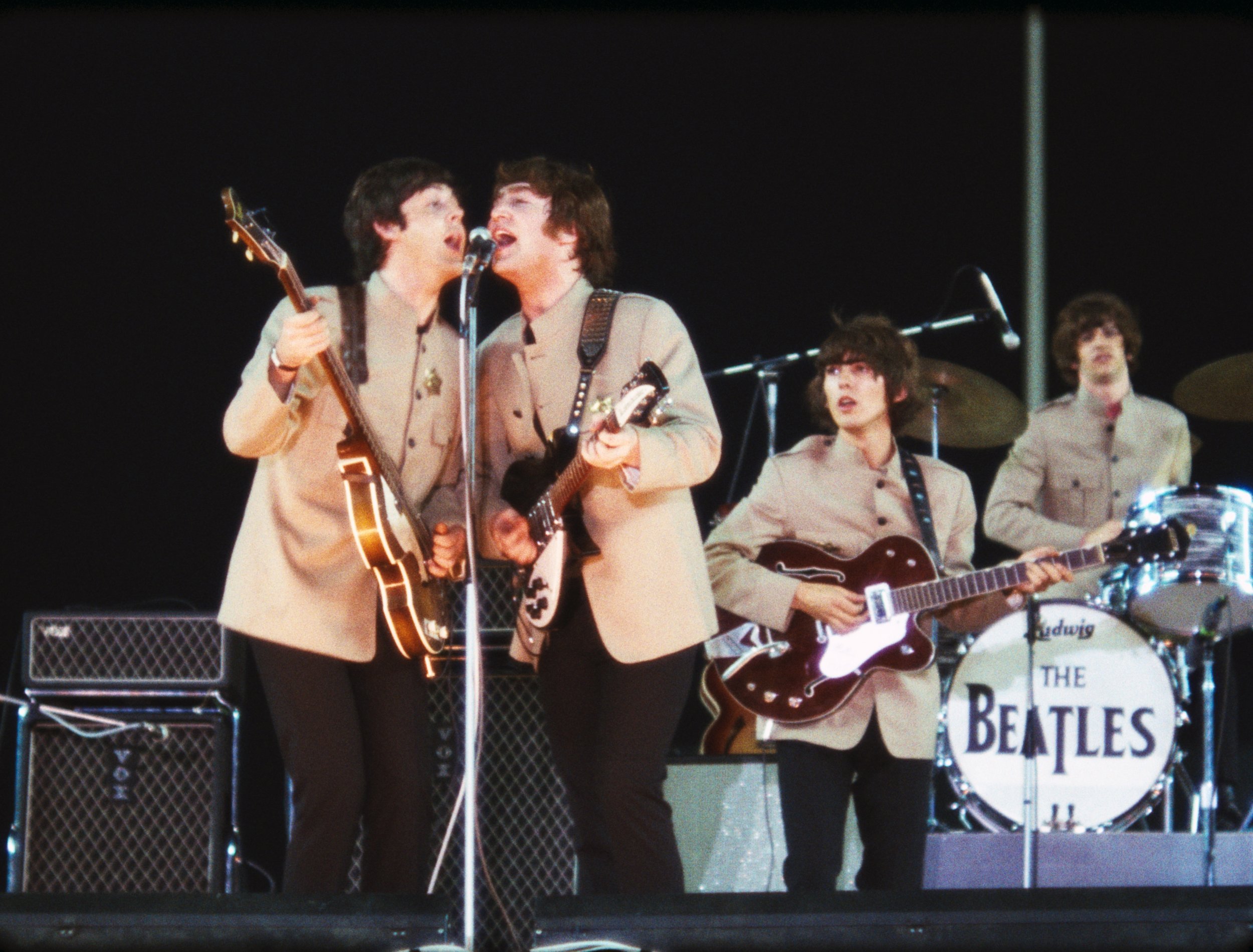
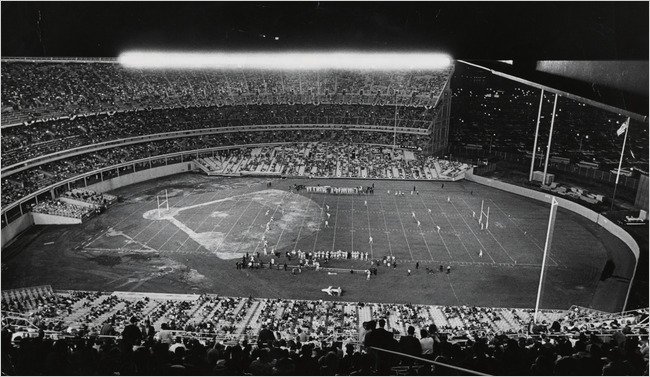
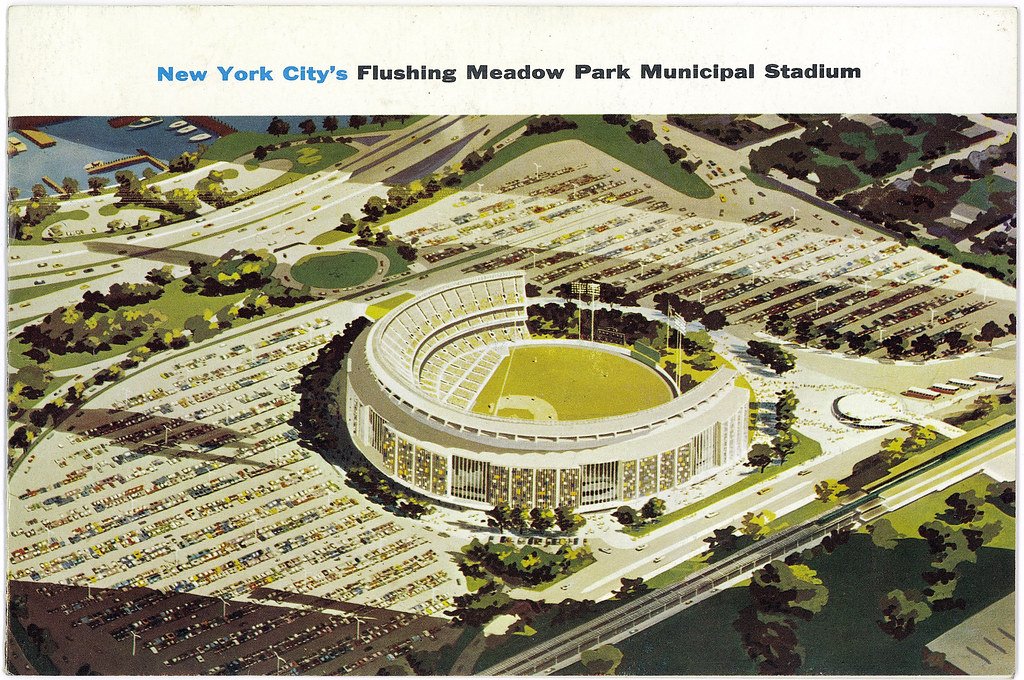


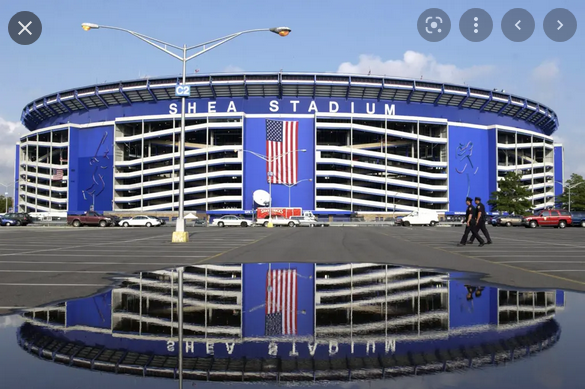
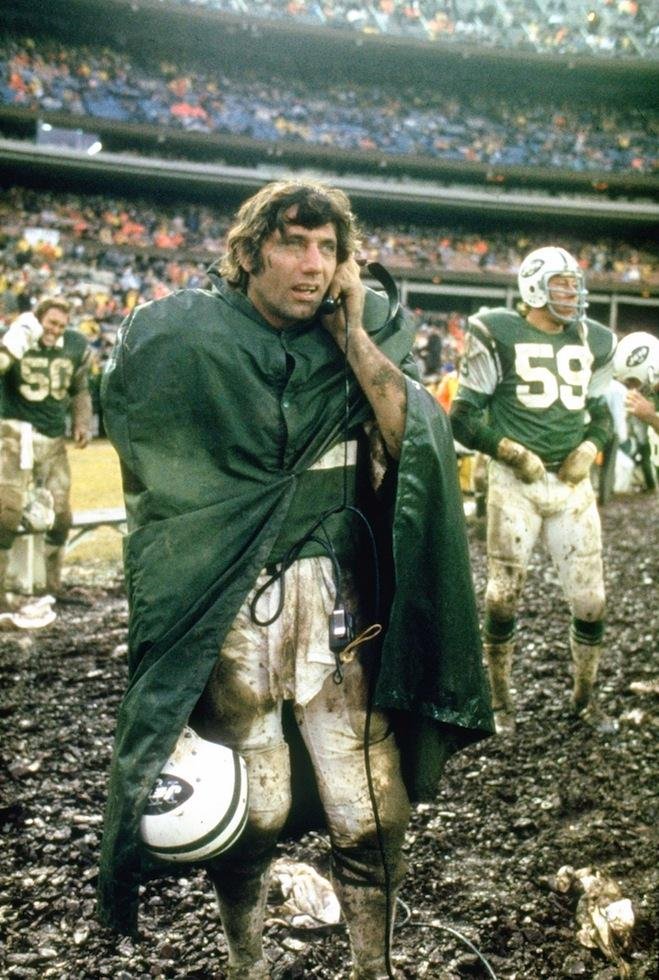
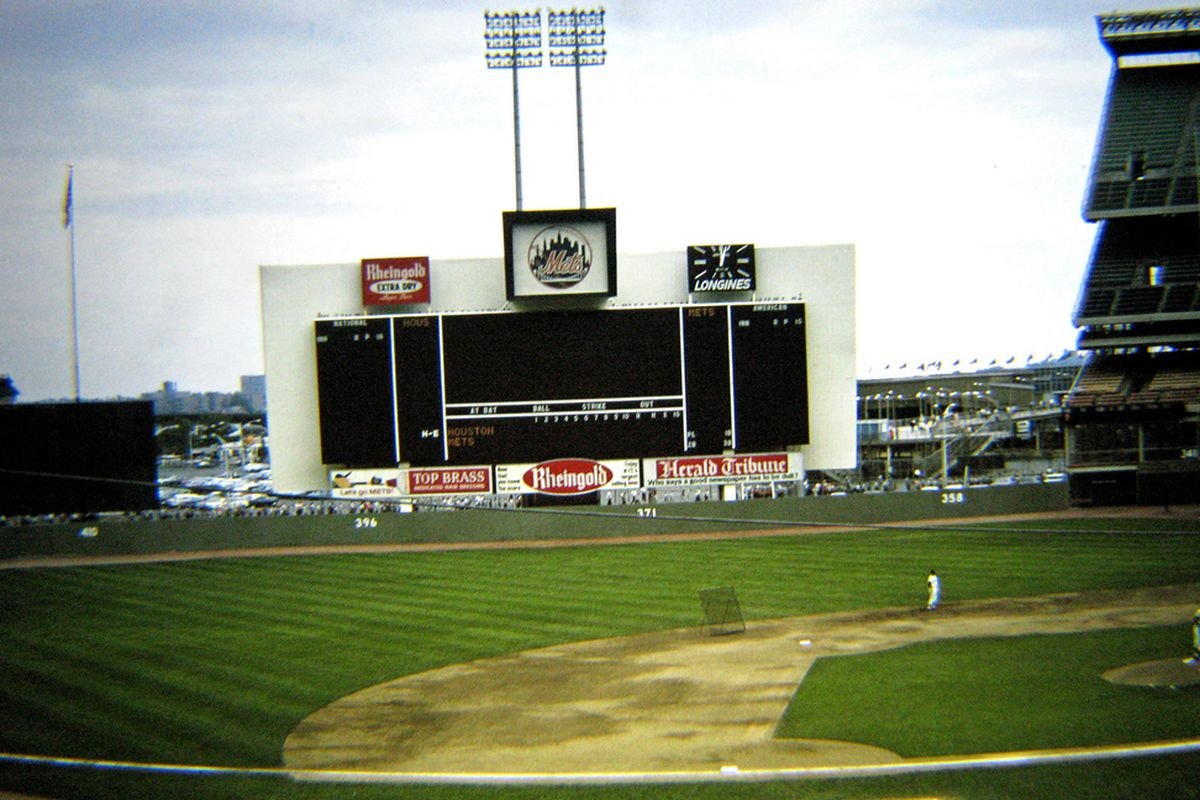
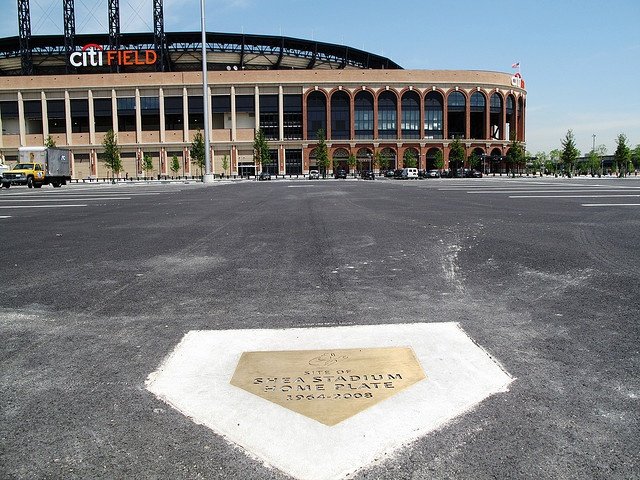
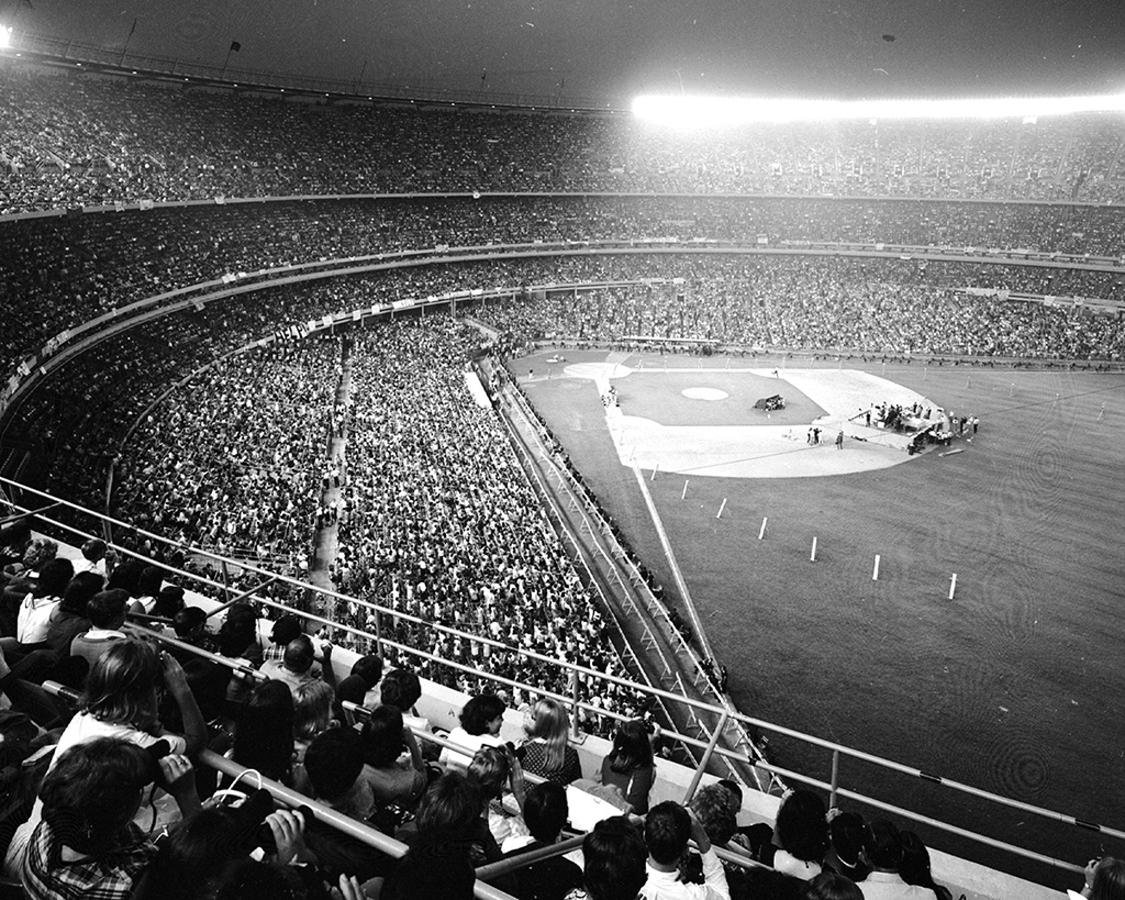
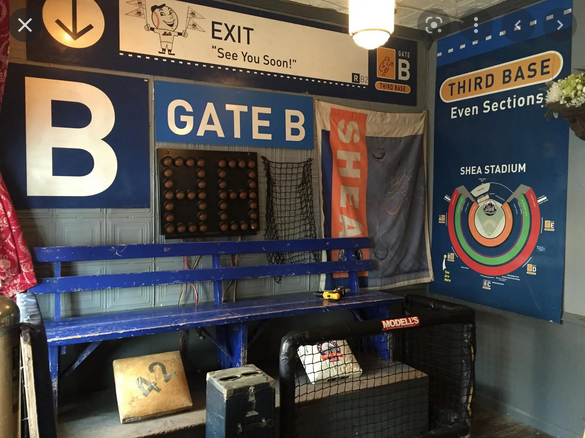

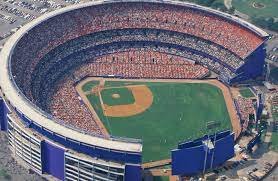

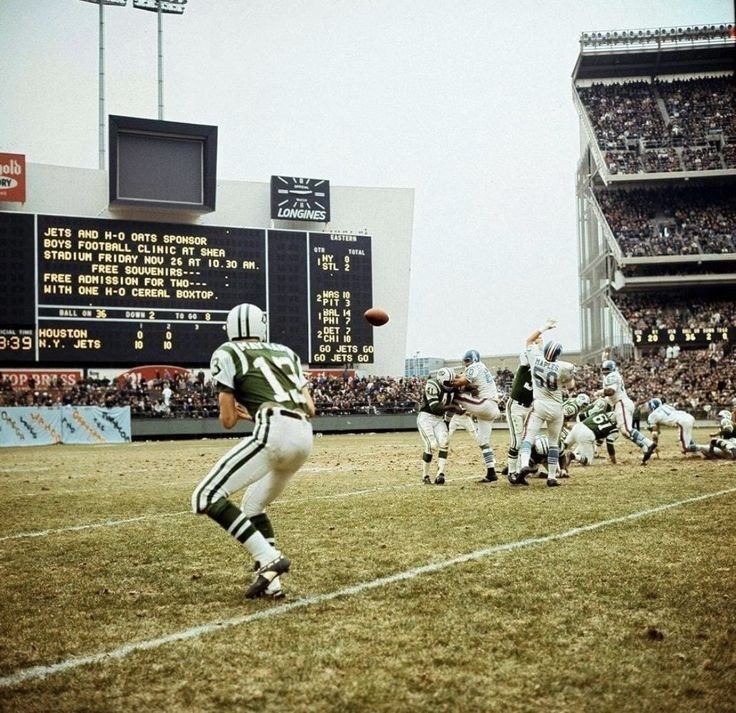

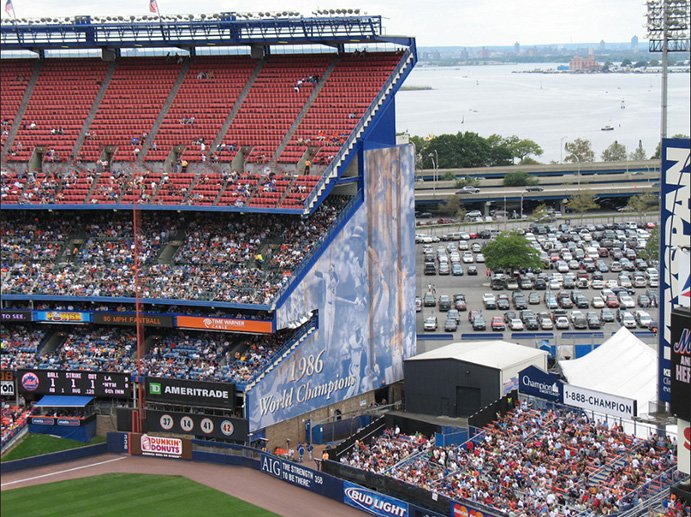

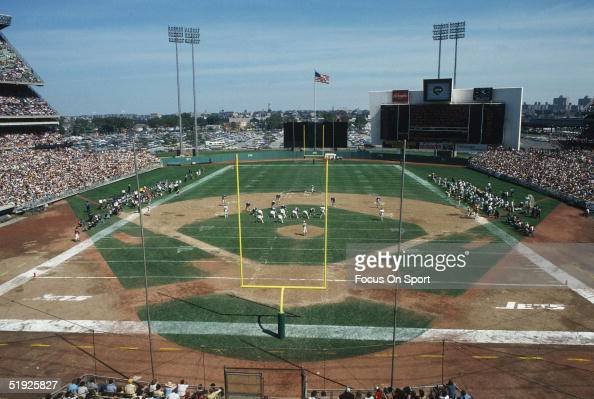
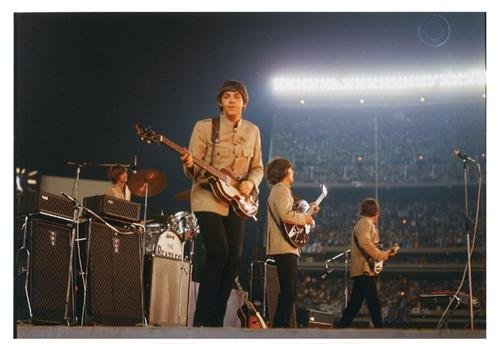
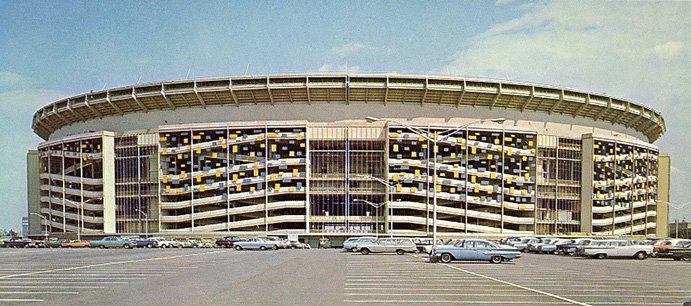
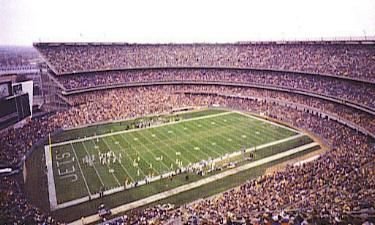
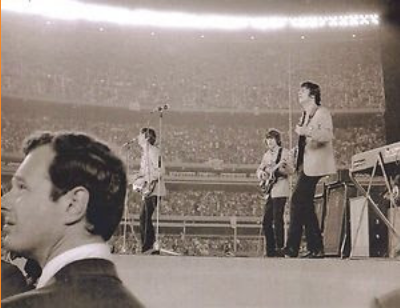


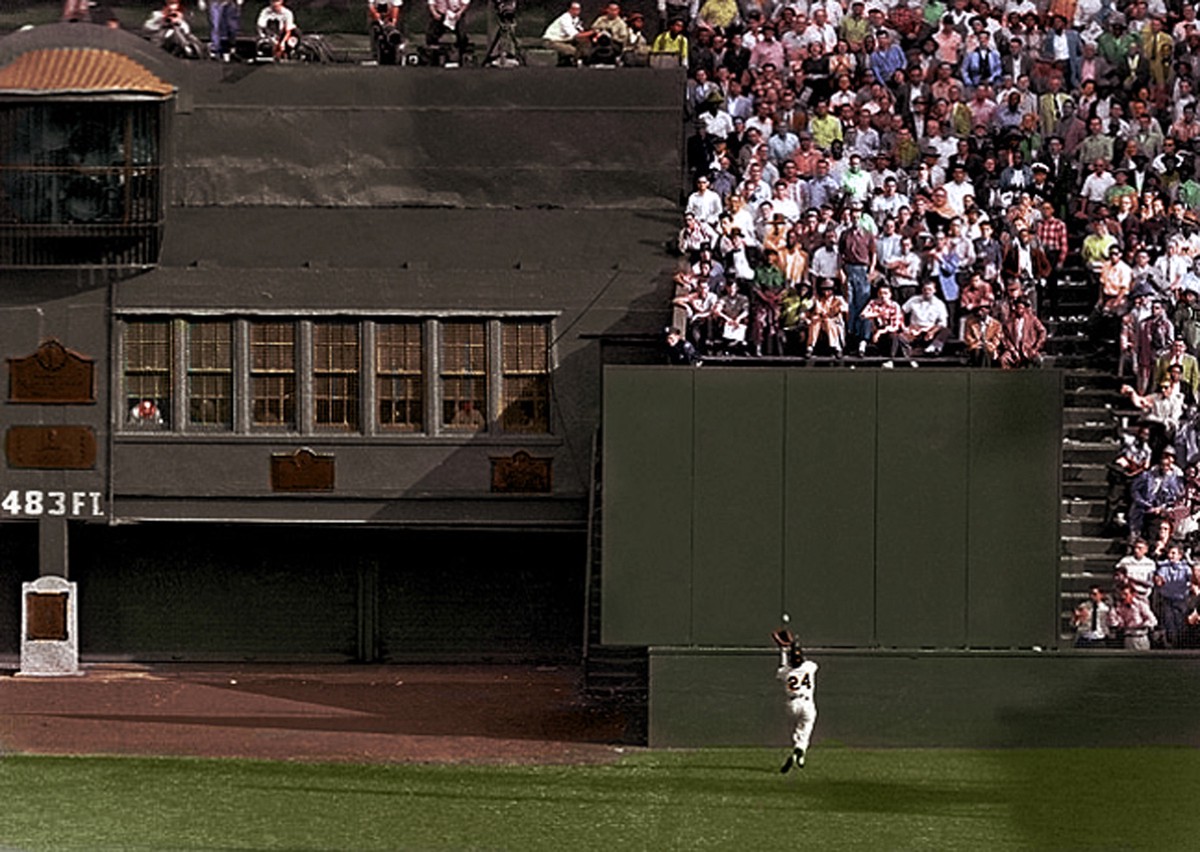


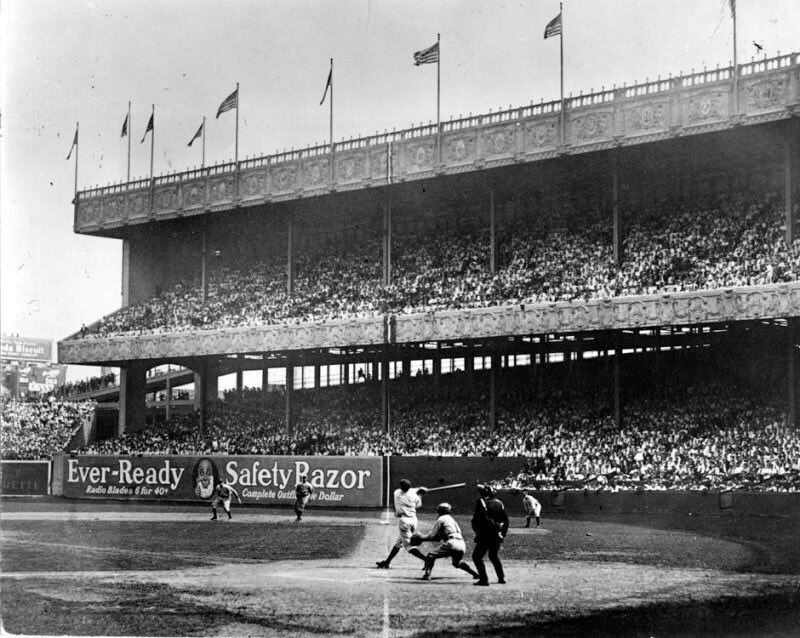
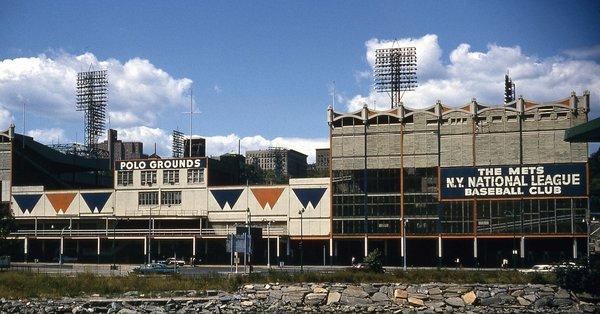
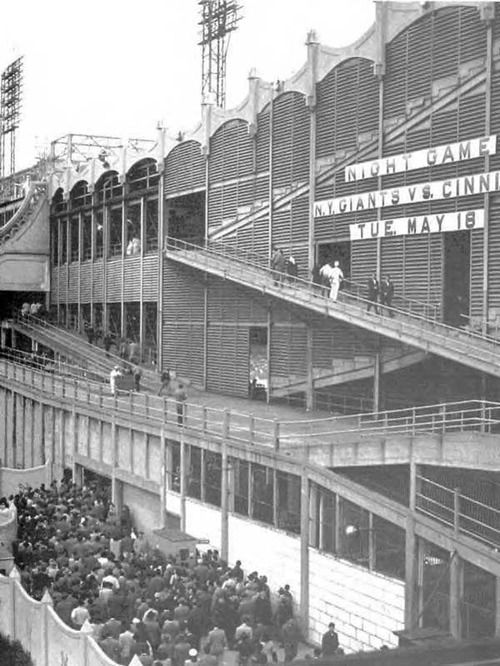
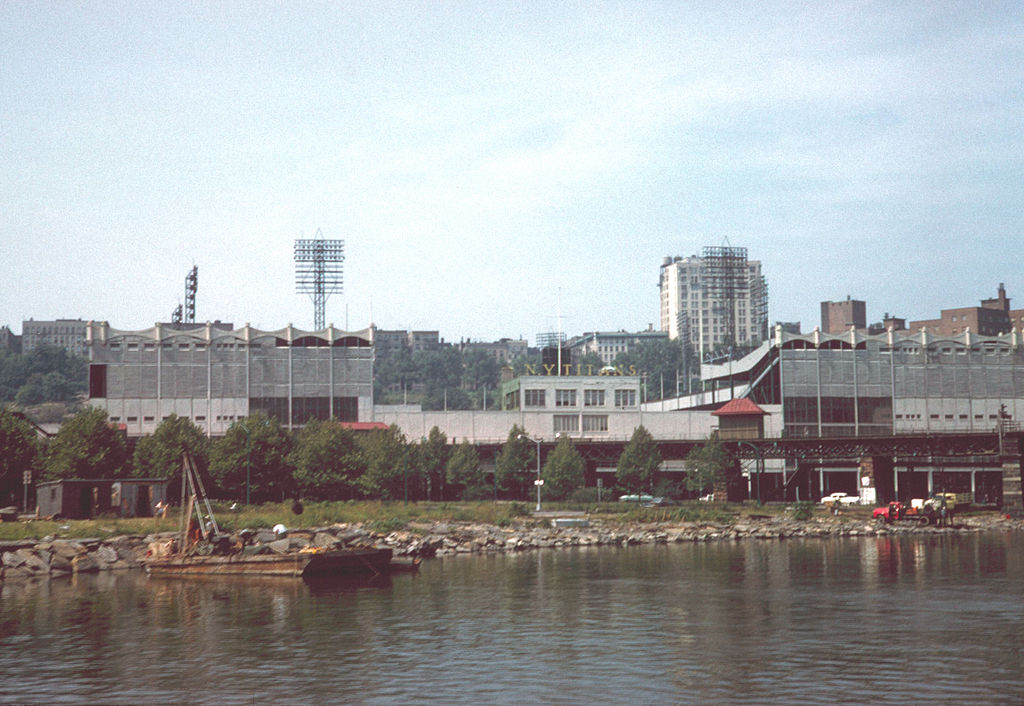
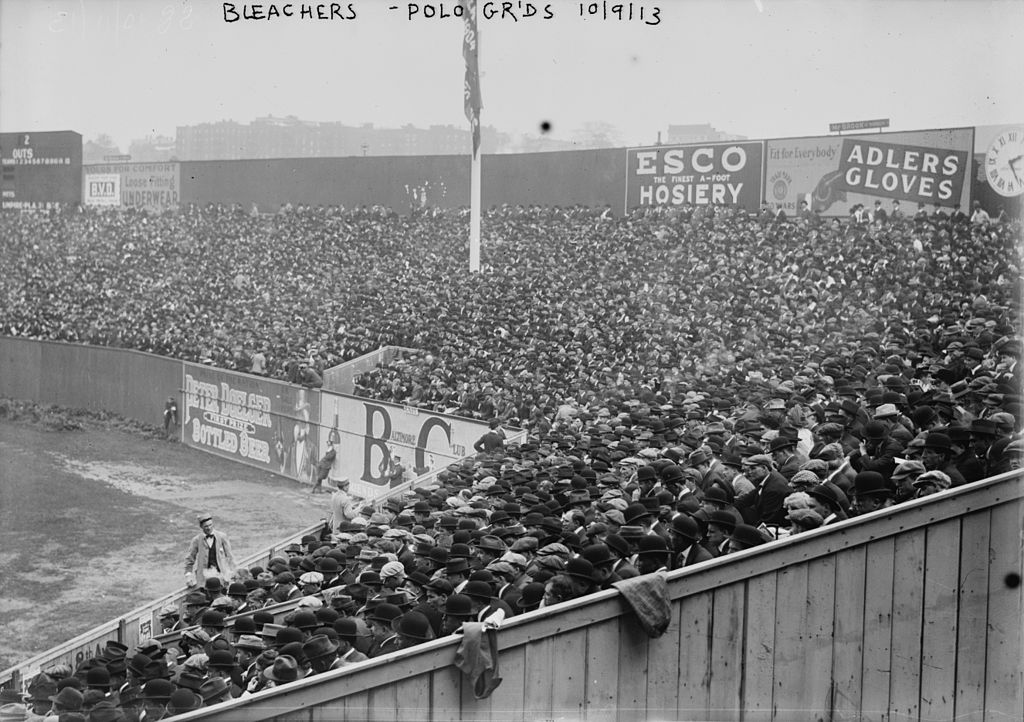

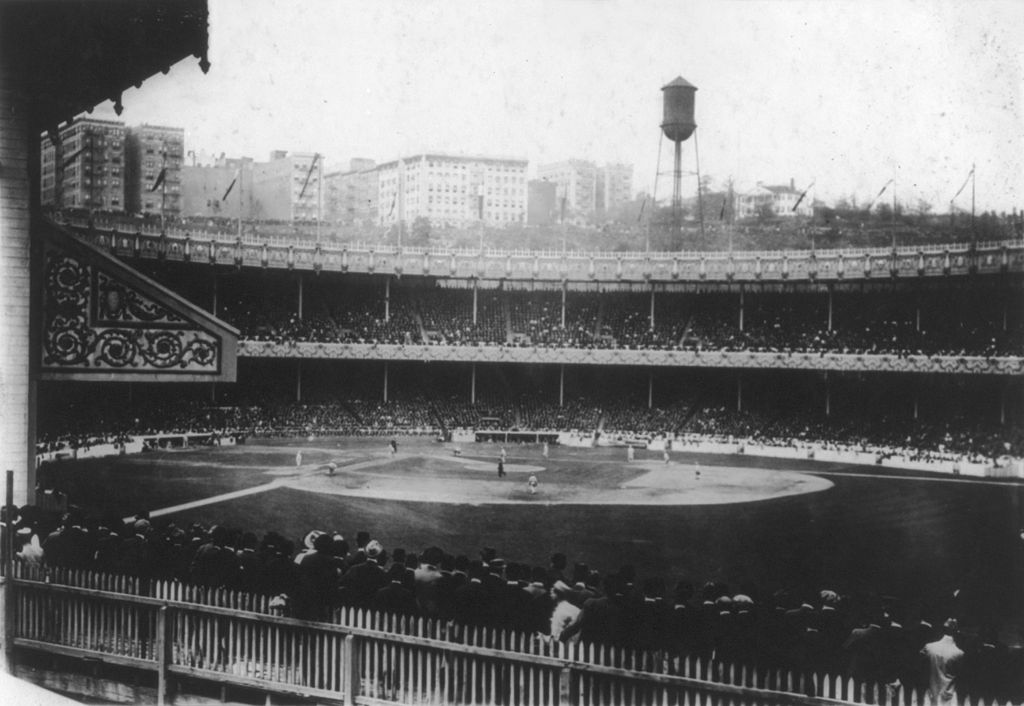



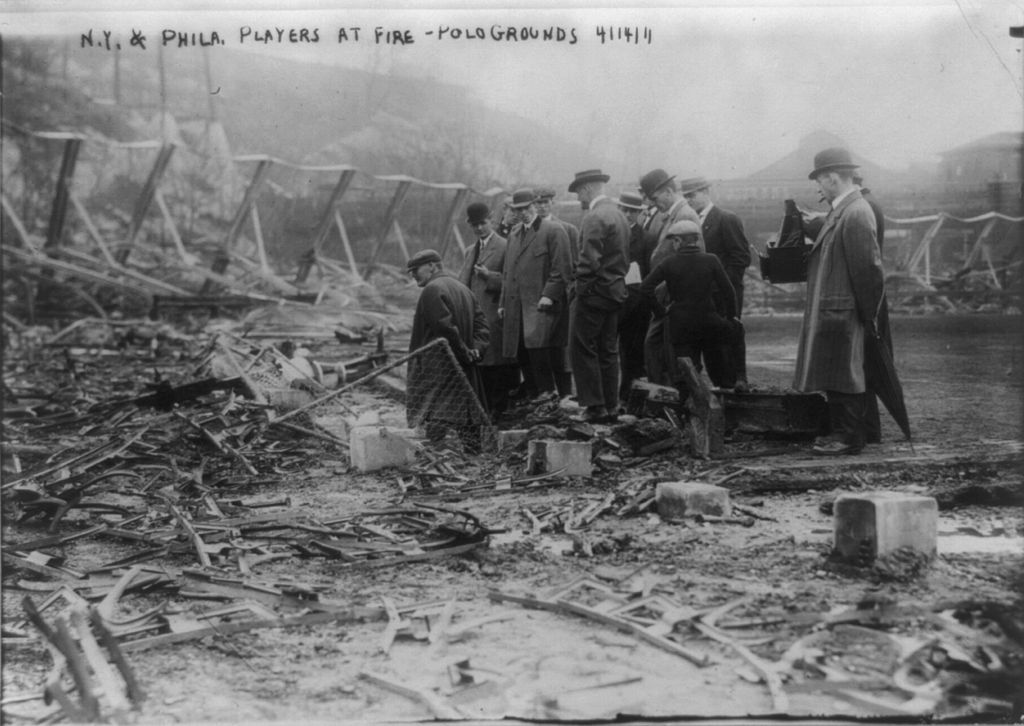

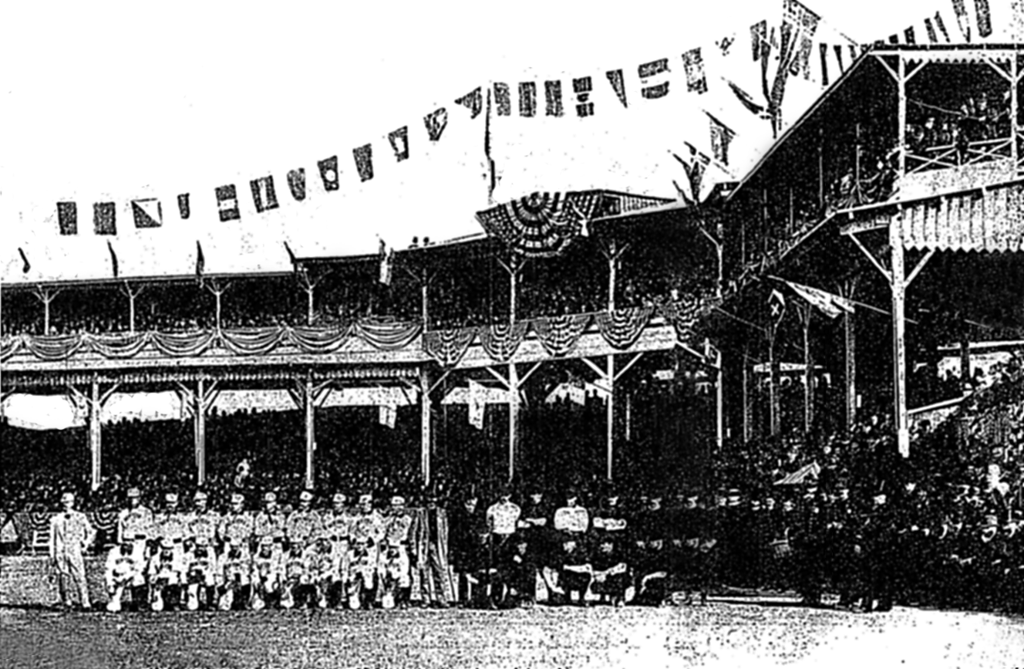

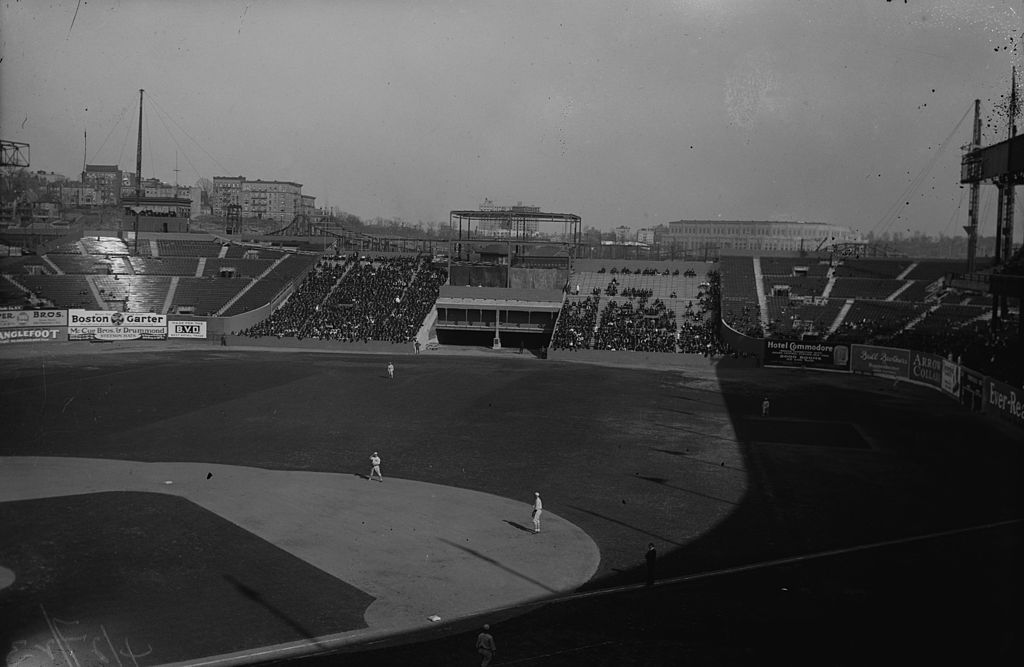
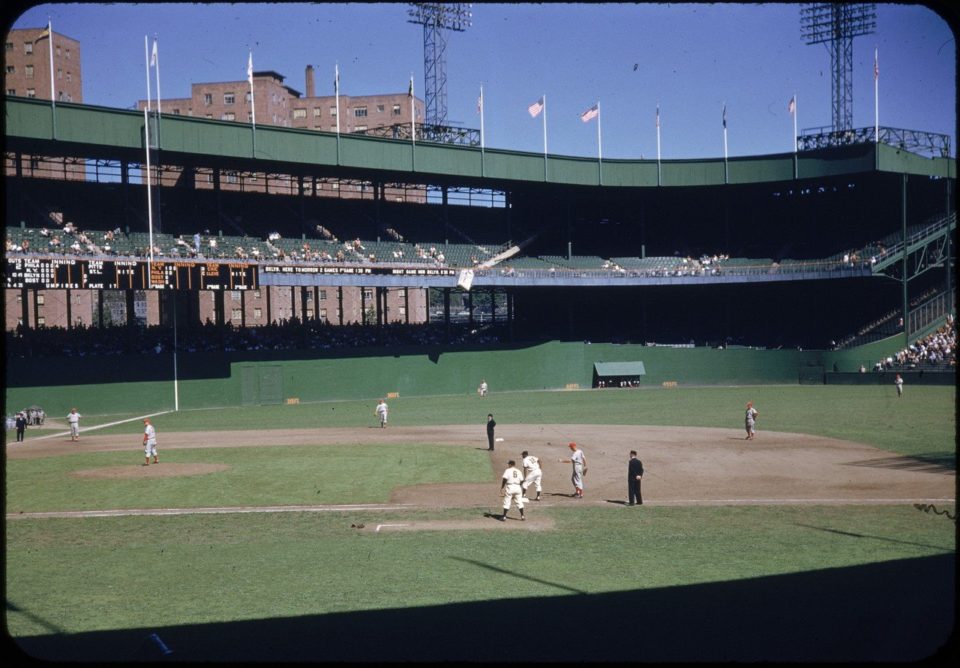



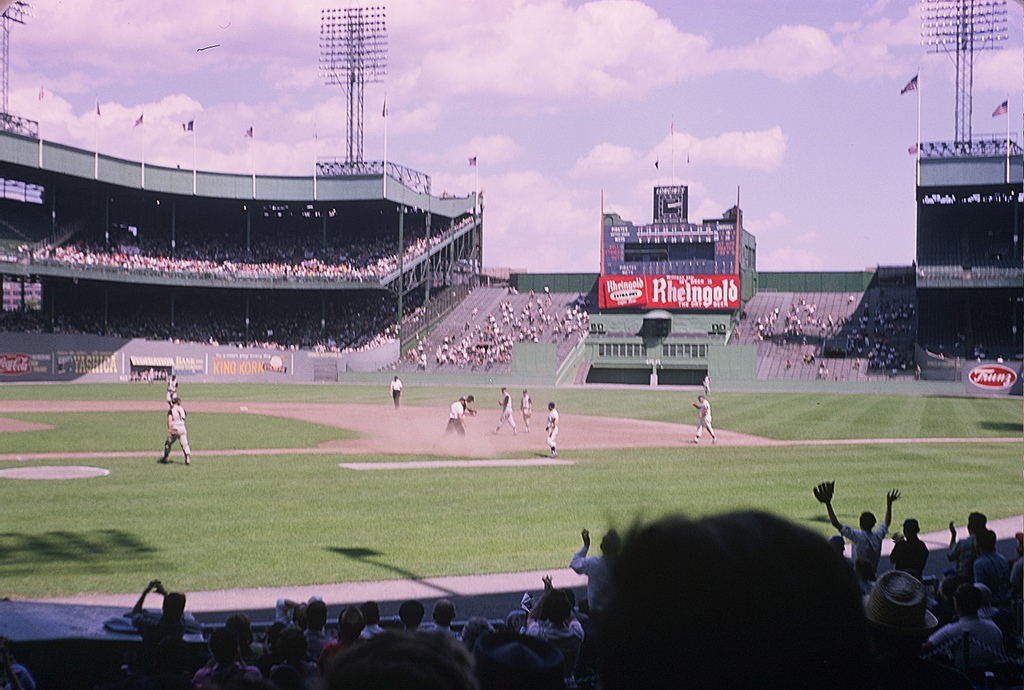
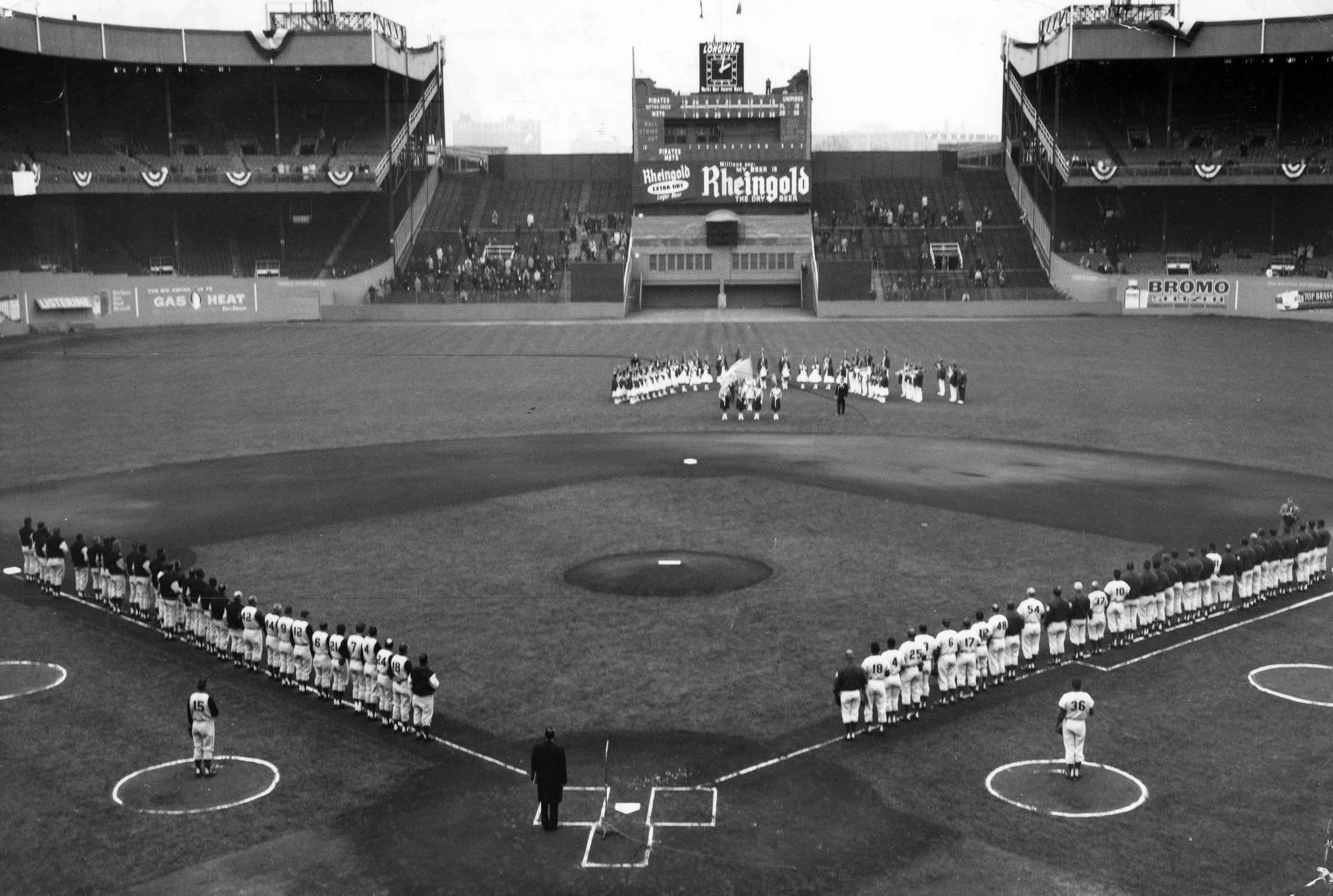
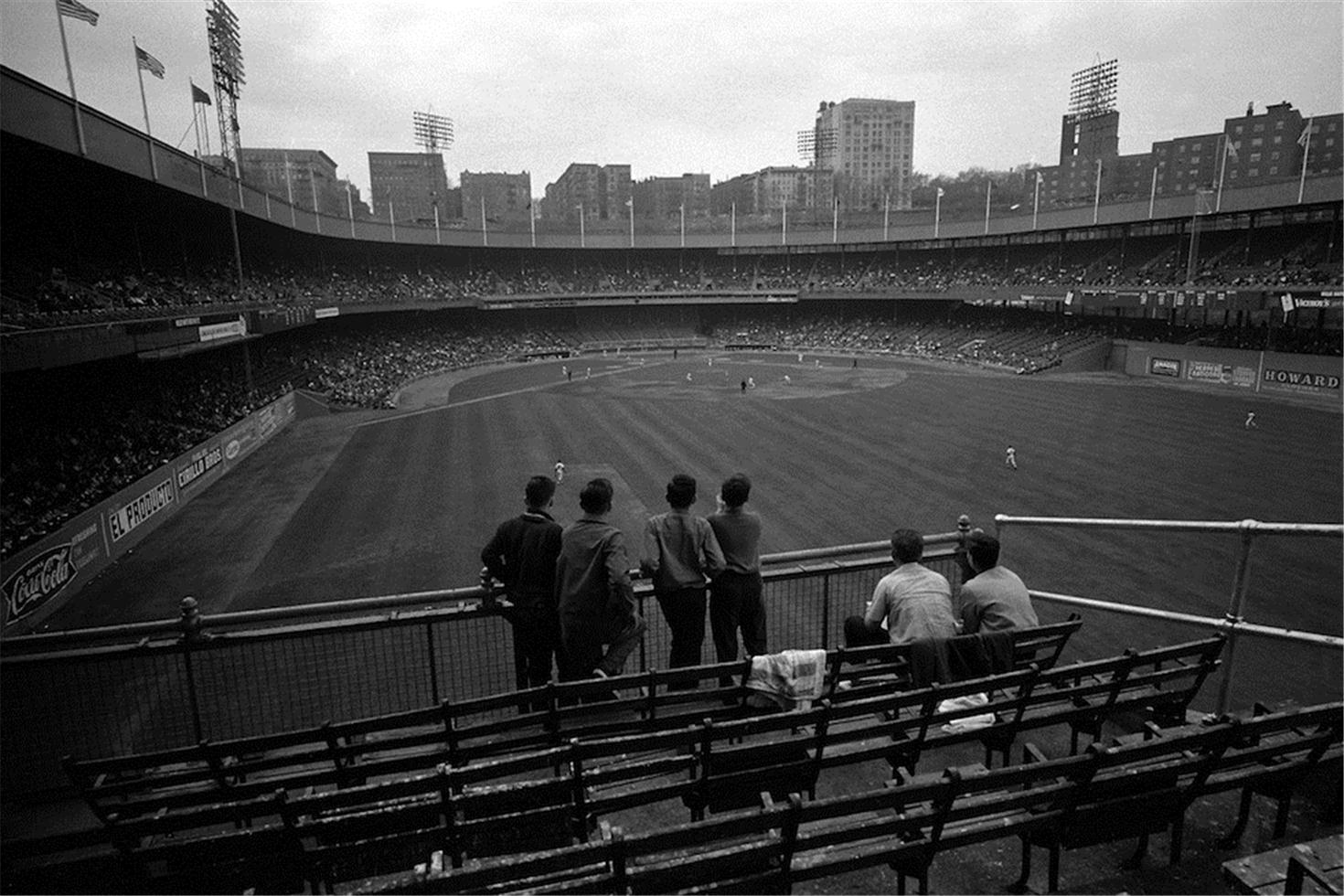
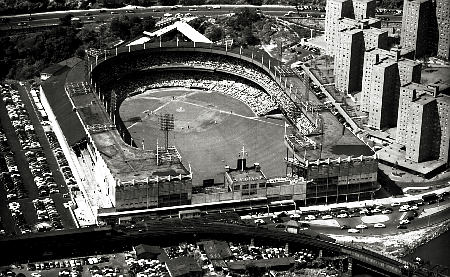
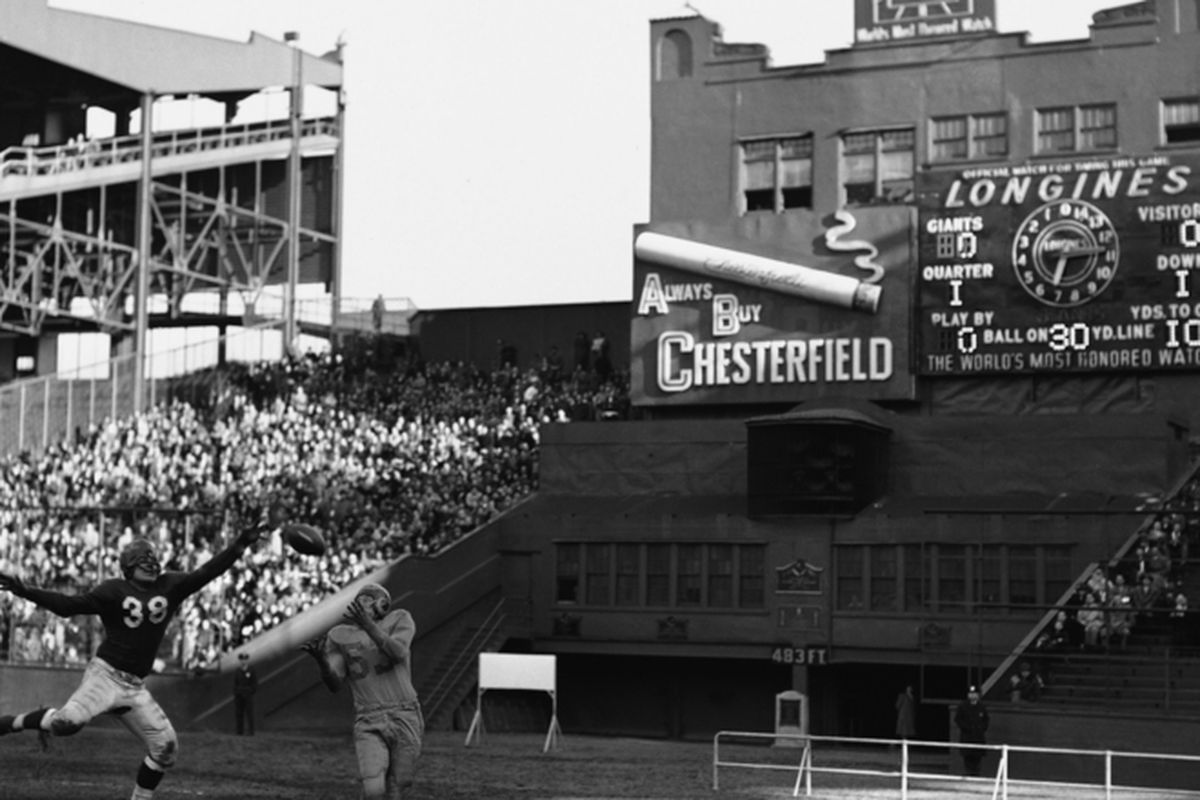

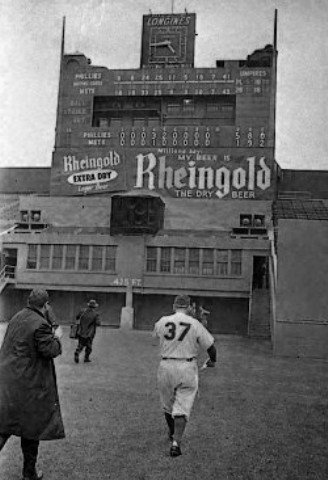


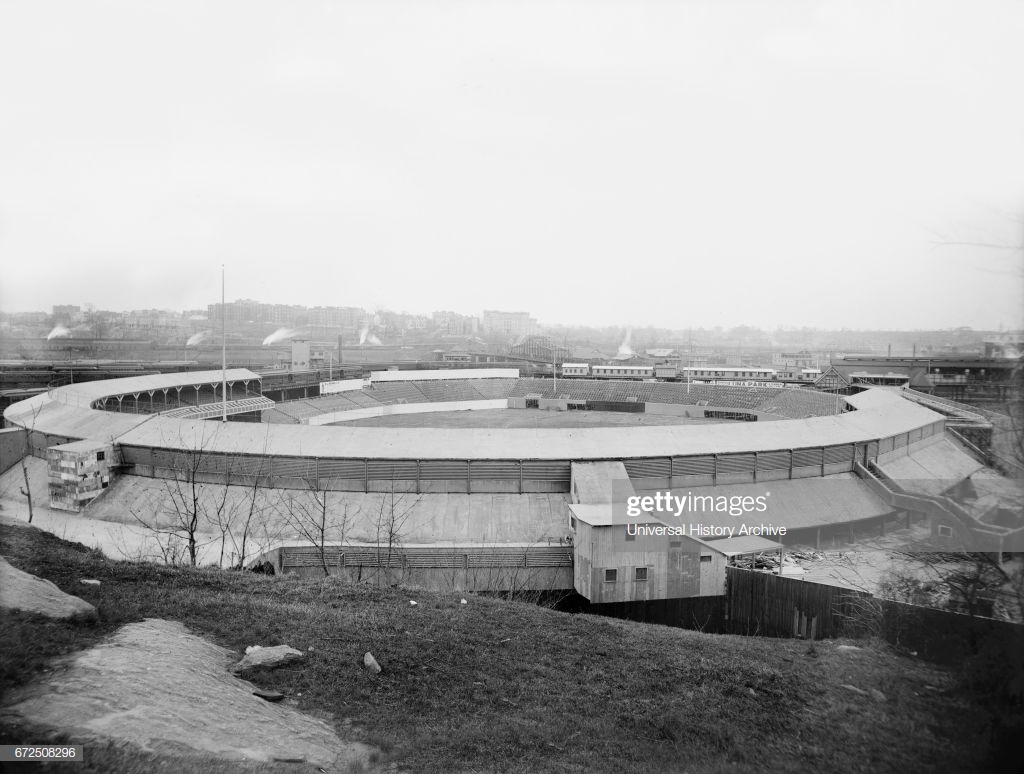





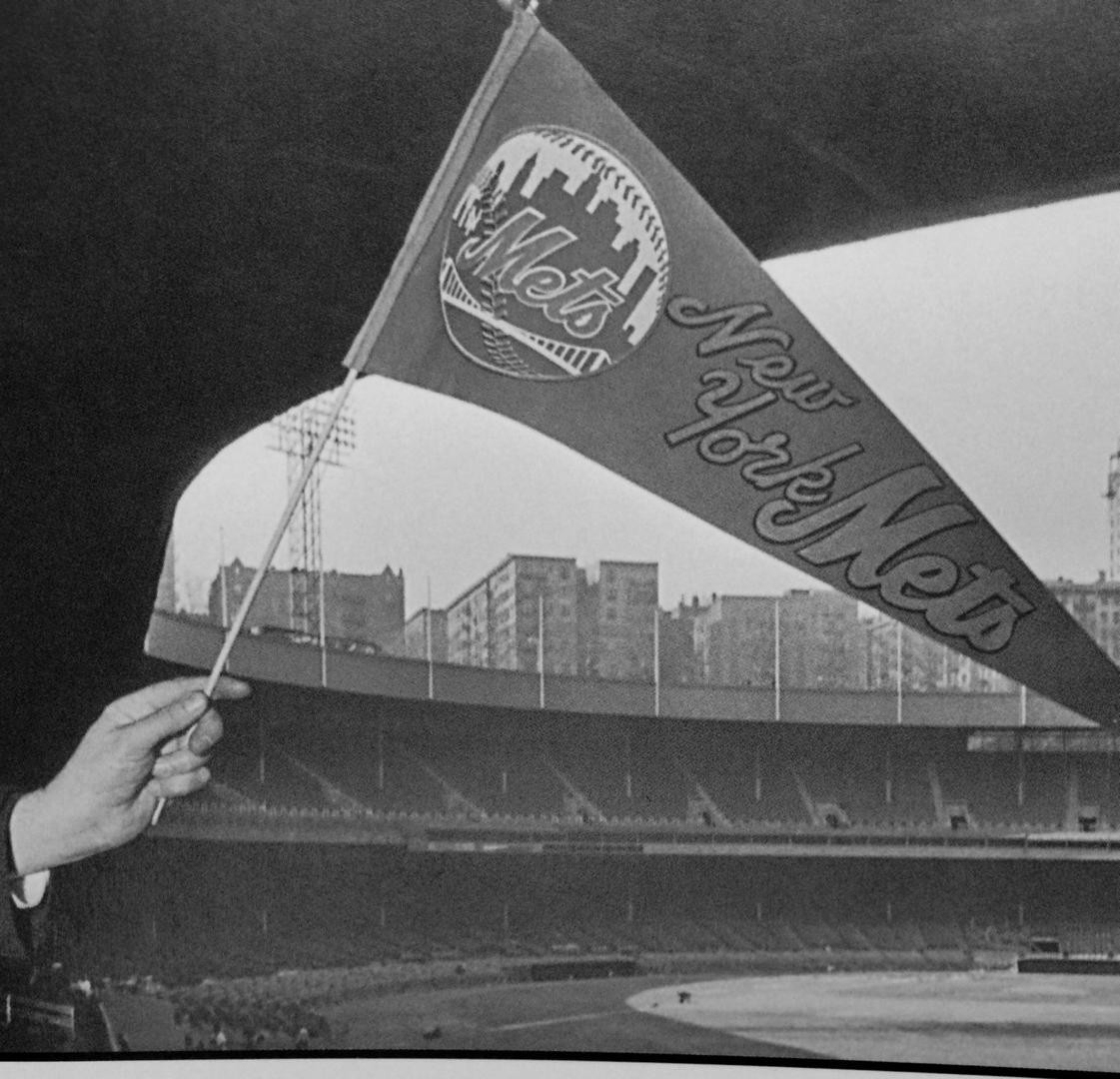


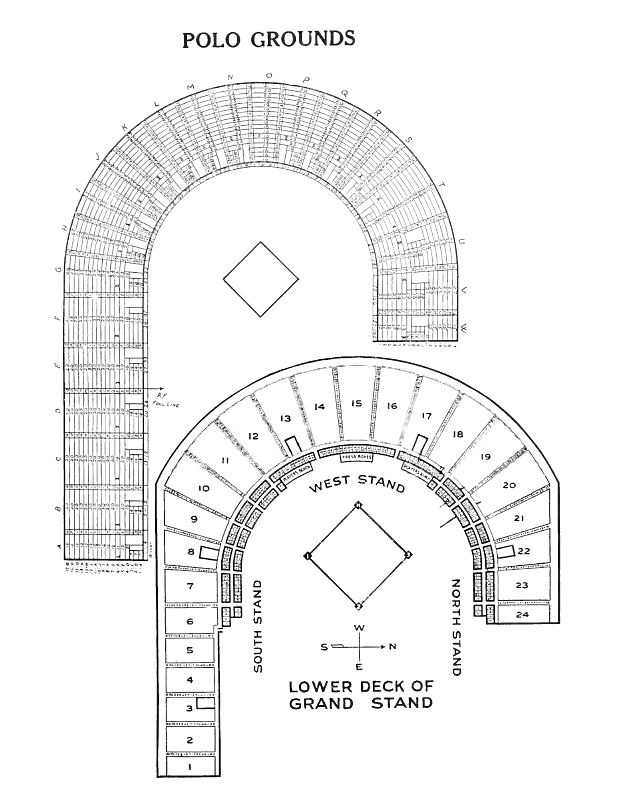



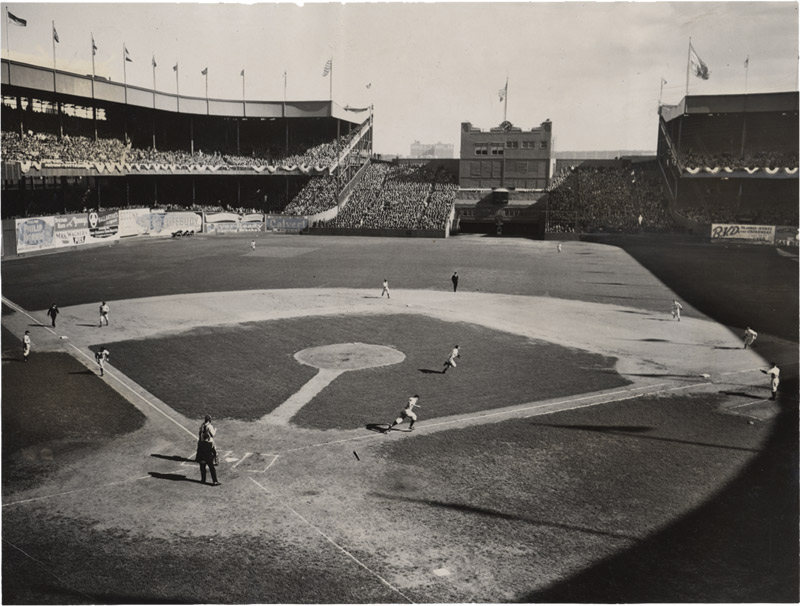
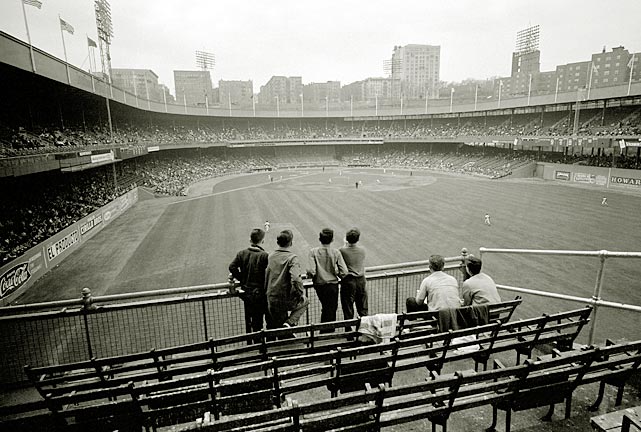
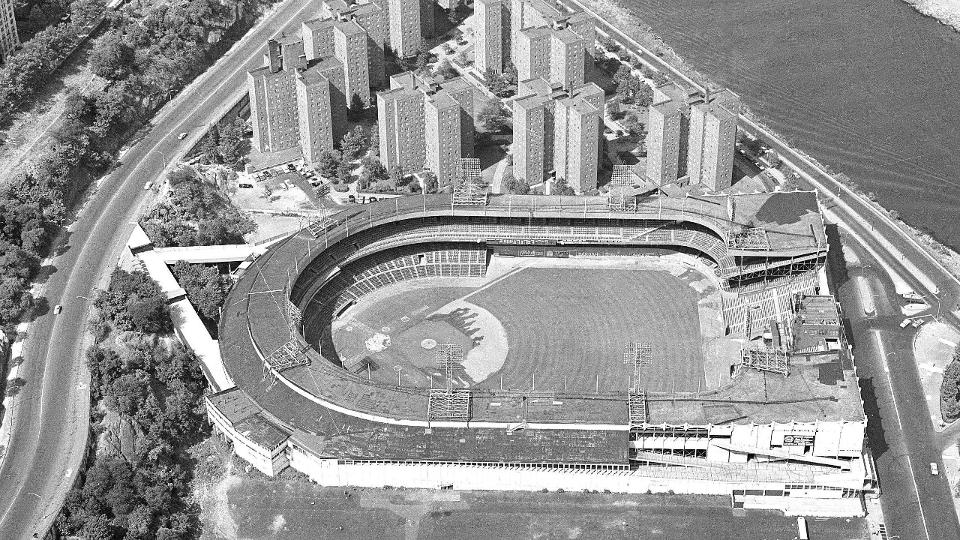


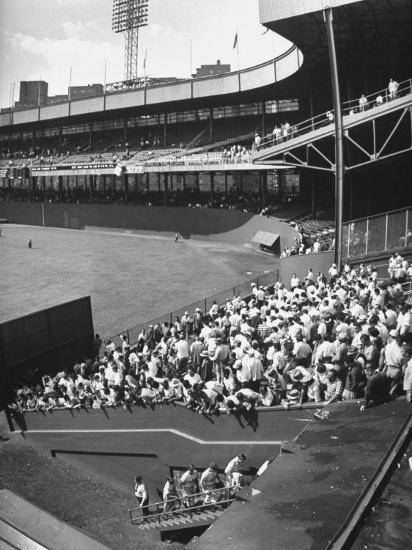
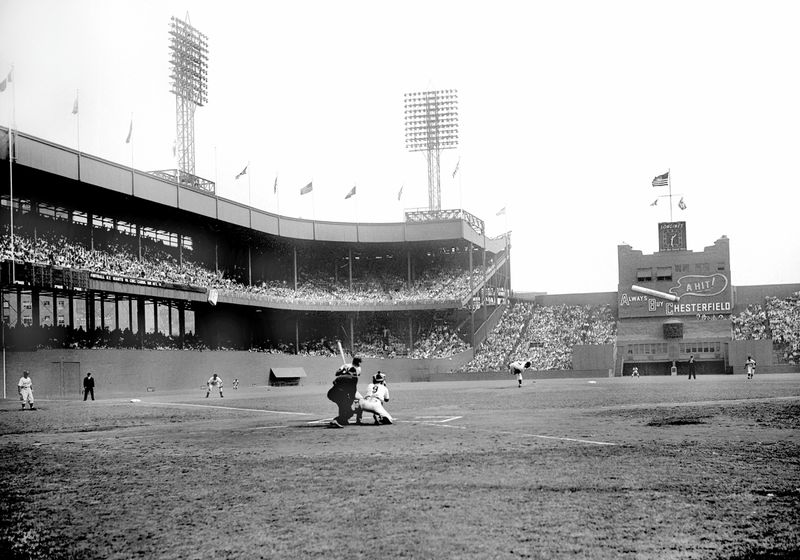






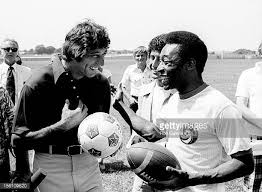

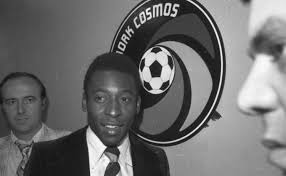
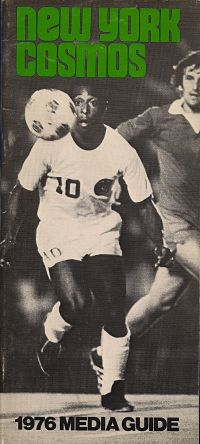
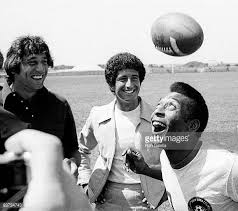
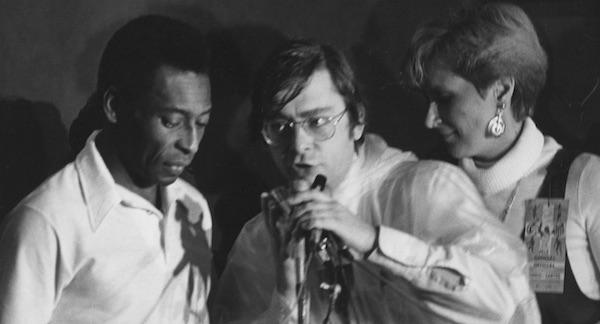
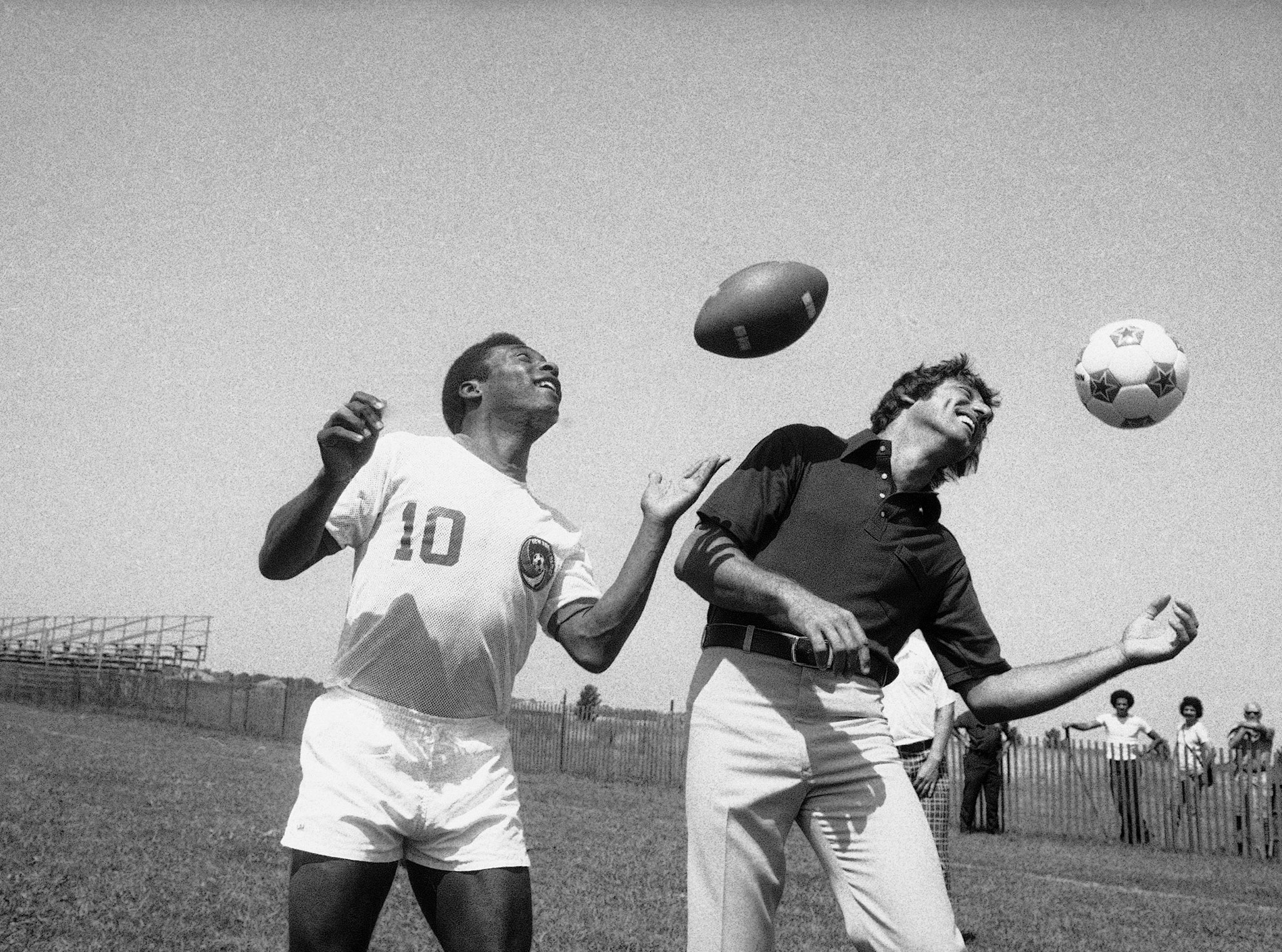



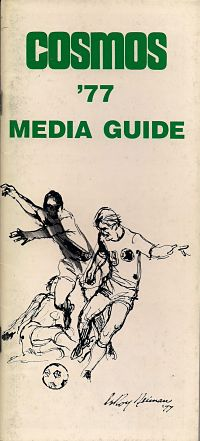


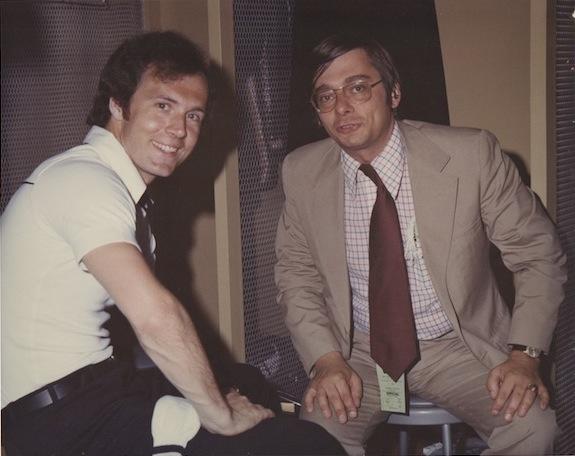

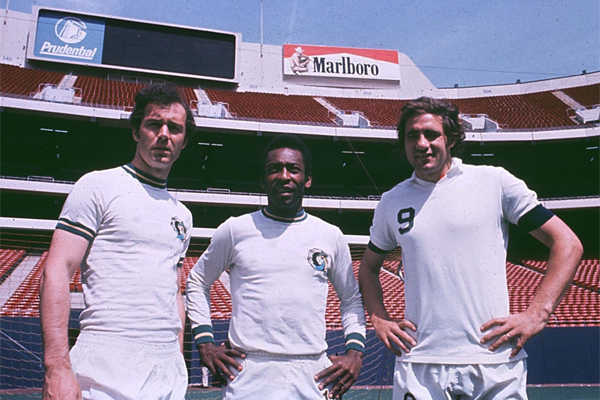

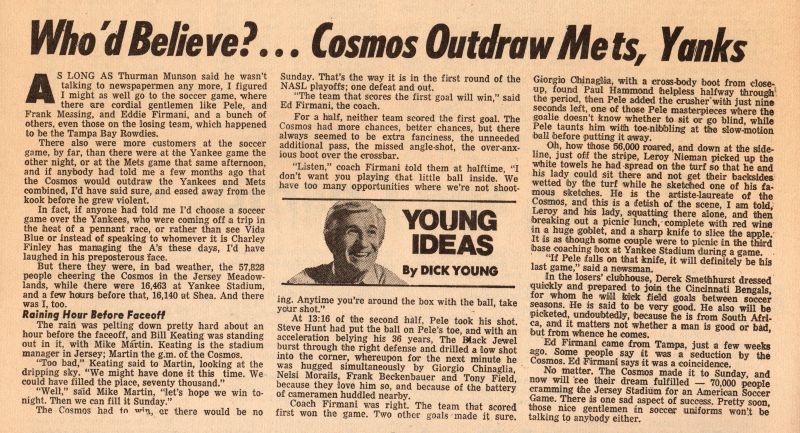
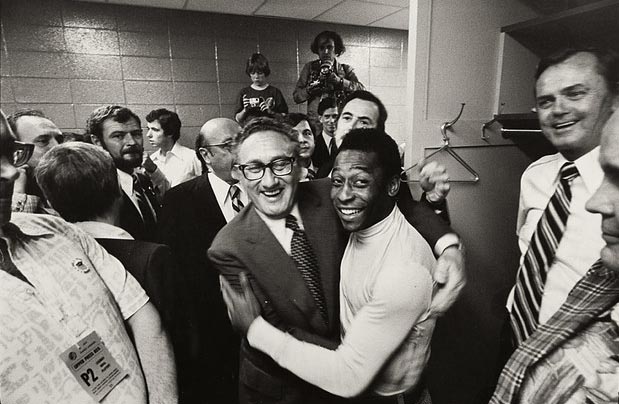
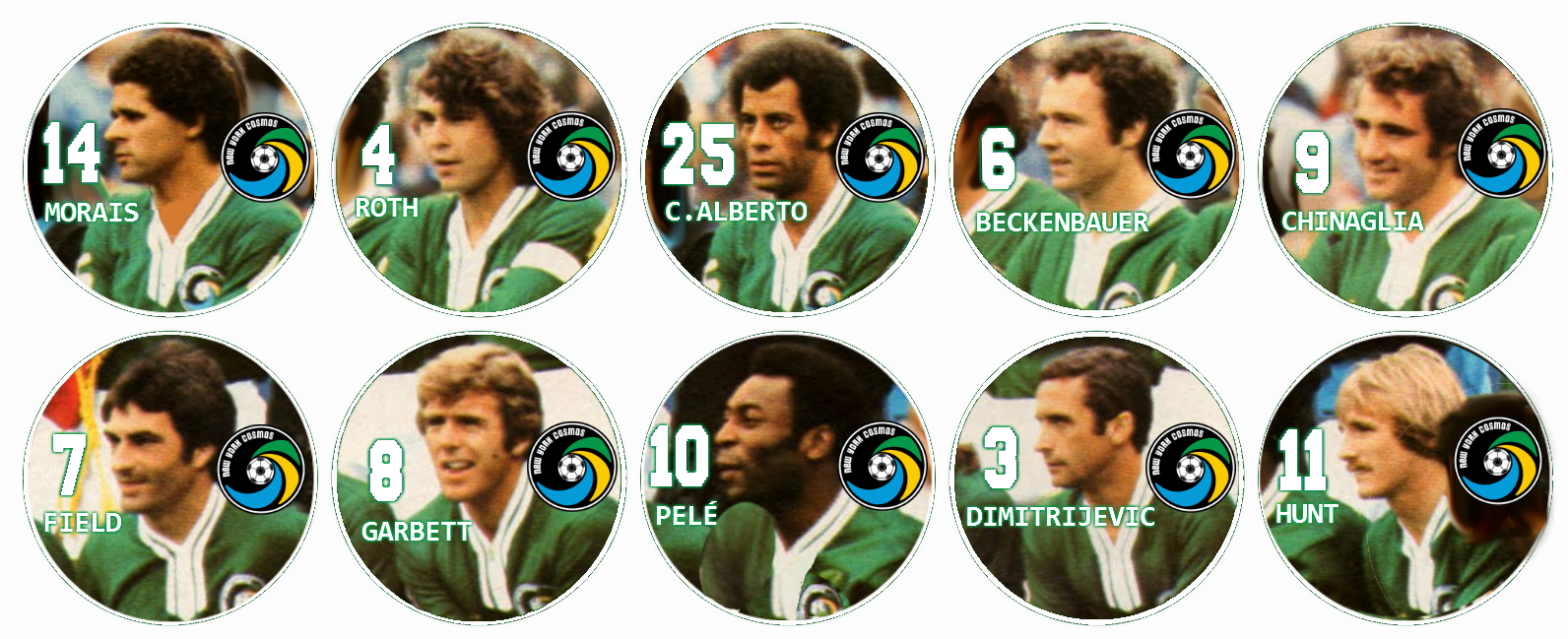

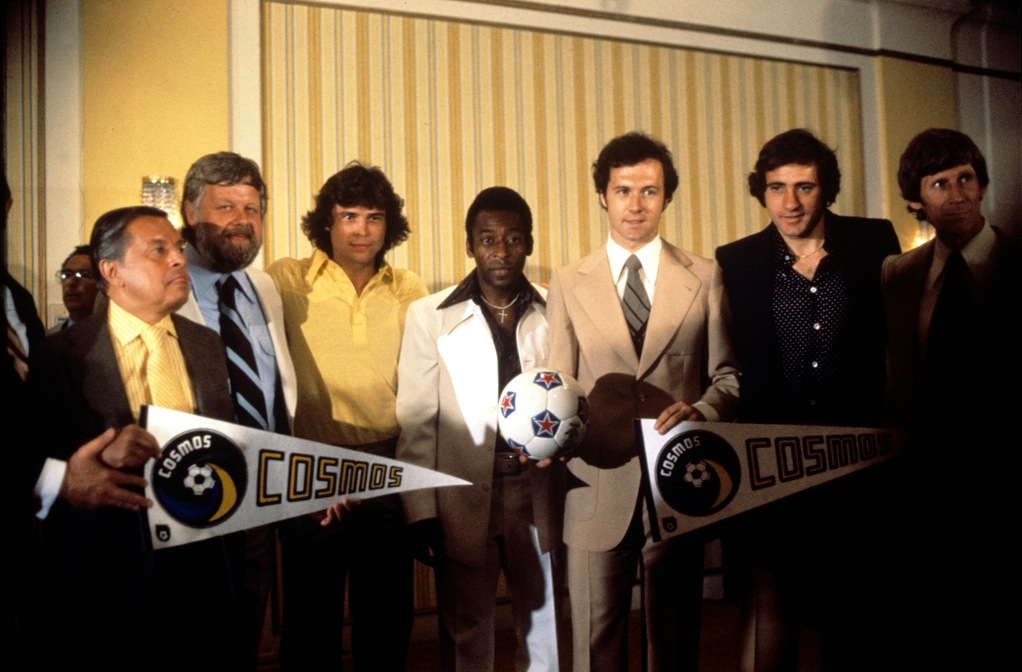
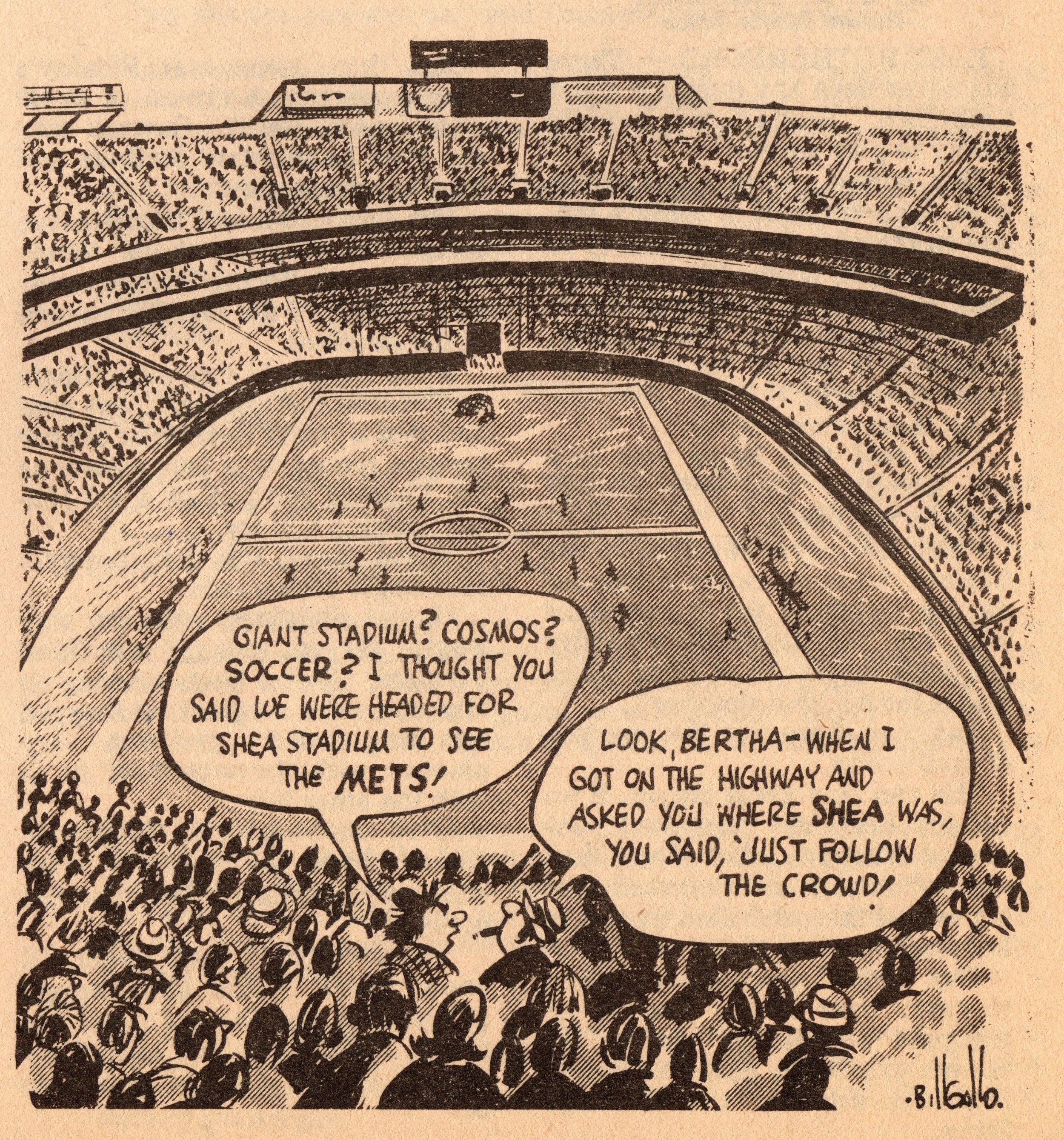


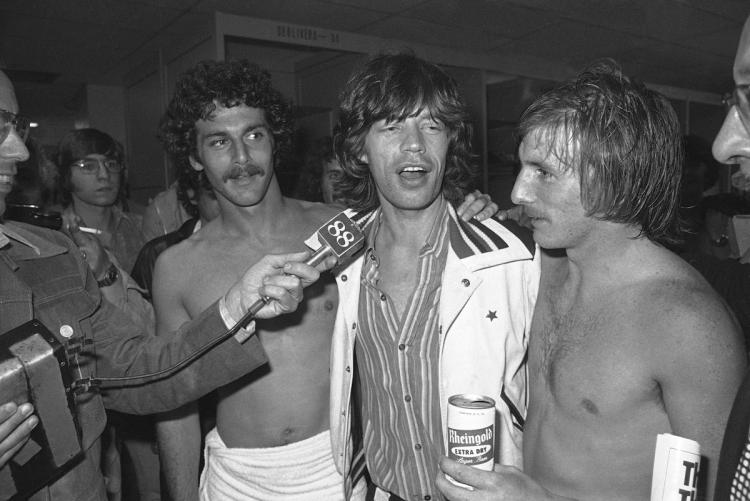
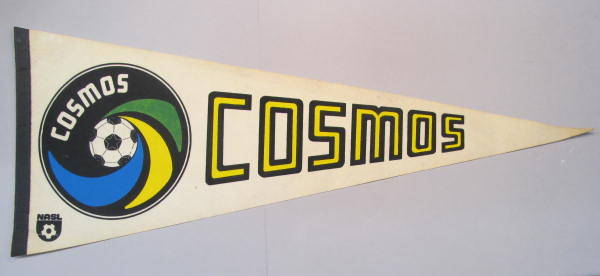

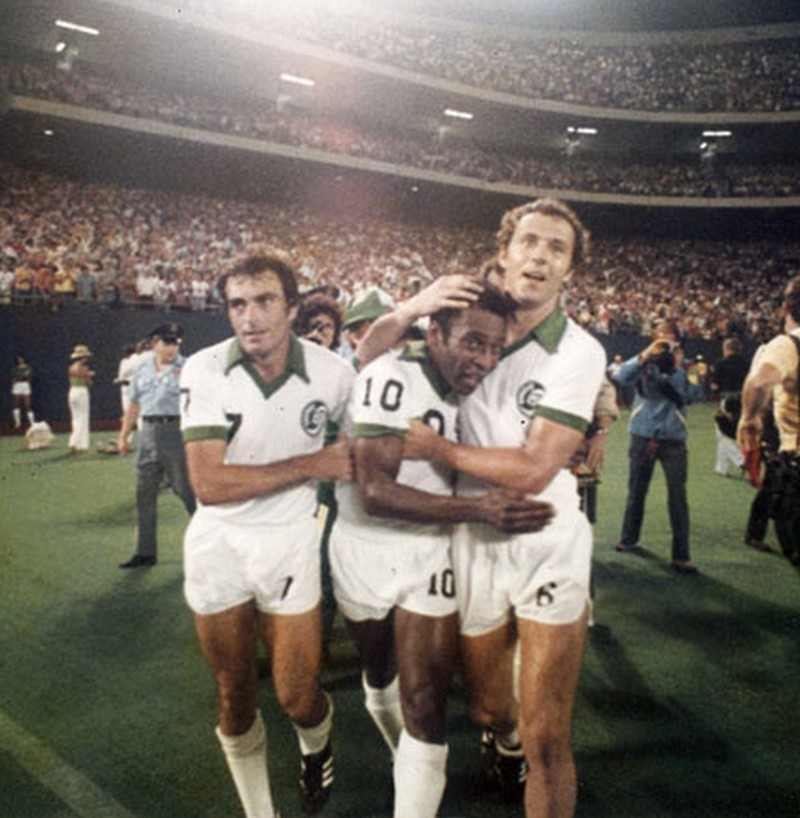


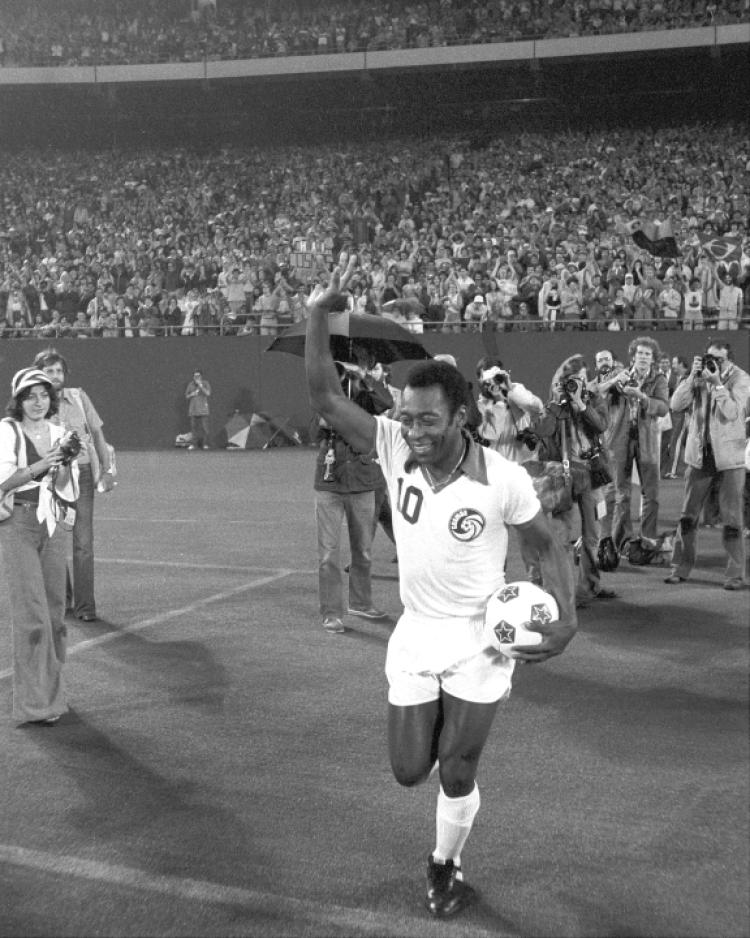


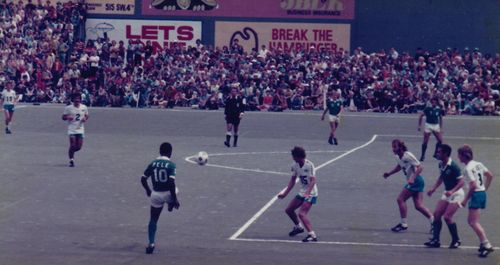

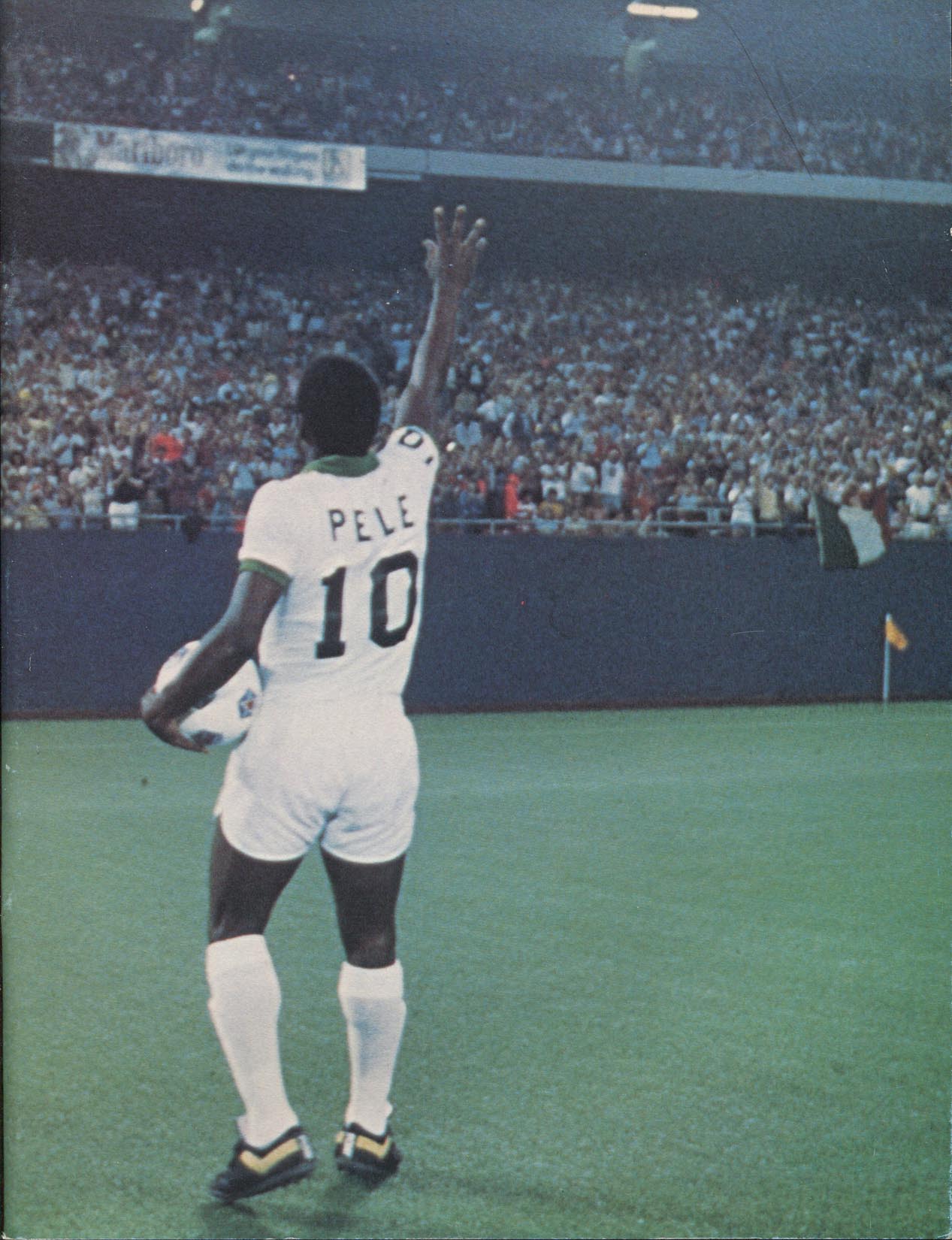
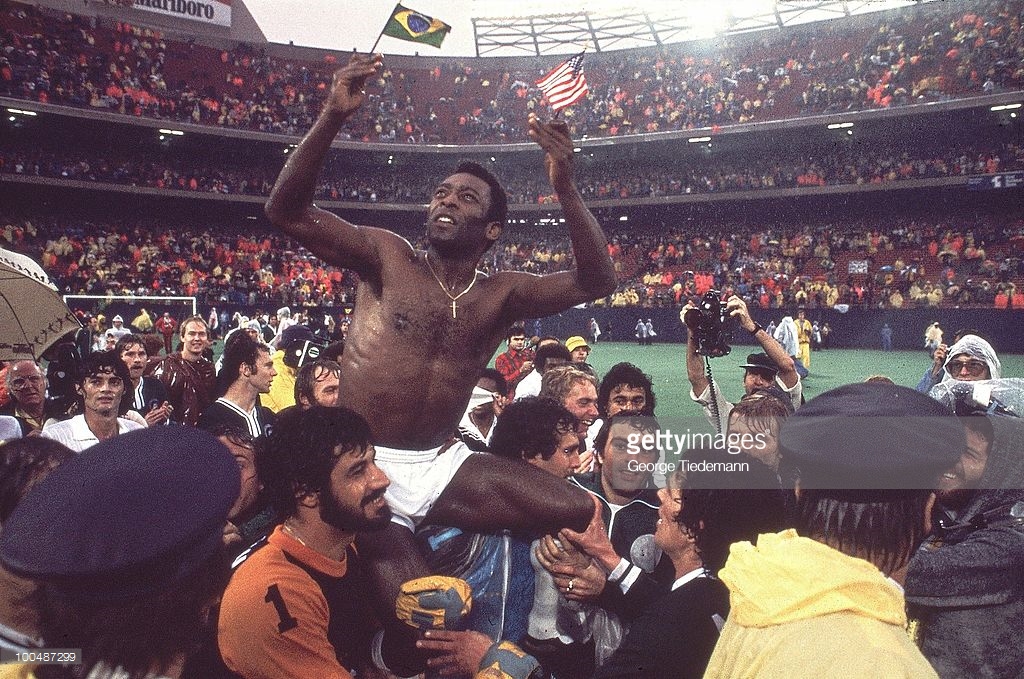


![portland-v-oakland-nasl-official-magazine-8th-april-1978-14906-1-p[ekm]379x500[ekm].jpg](https://images.squarespace-cdn.com/content/v1/558cb662e4b0fd0c637a89c0/1524939087761-3SEU11MYNMA73H9ZFBZB/portland-v-oakland-nasl-official-magazine-8th-april-1978-14906-1-p%5Bekm%5D379x500%5Bekm%5D.jpg)
